Mention Sunnyside to your average New Yorker, and nine times out of ten, they will assume you are talking about the Queens neighborhood bordering Long Island City and Astoria. Until a few days ago, despite spending the past year and a half photographing the city's neighborhoods, I was part of that majority.
Last week, while on my way to a different Staten Island neighborhood, I passed a shuttered drive-through liquor store bathed in a wash of morning light. Rather than continue to my destination, I decided to pull over and explore where I was instead. That turned out to be Sunnyside.
It will help us every day, it will brighten all the way
If we keep on the sunnyside of life
The Carter Family
While wandering around, I realized I had been to this neighborhood a couple of years ago. On that day, too, I had been compelled to stop by the light. It was an early December morning, and the sun was just coming out after the first snow of the year. Although the snow had melted instantly after landing on the sidewalks and roads, the lawns and vegetation throughout the neighborhood were still sparkling with the fresh dusting.
KILL YOUR TELEVISION
Finding information on this lesser-known Sunnyside wasn’t easy. According to The Encyclopedia of New York City, "Sunnyside is often cited as an exemplar of the change of Staten Island from an area of goat farms, trolleys, marshes, and two-laned roads to one of the houses on small plots and heavy traffic.”
Digging deeper, I turned to the usual suspects: the New York Times, the Brooklyn Daily Eagle archives, the Library of Congress, and Wikipedia. While Wikipedia typically offers some interesting nuggets about a neighborhood, Sunnyside's entry was comically sparse. The only neighborhood fact deemed worthy by Wikipedians is that, before the advent of cable, the neighborhood was known for having the worst TV reception on Staten Island.
This topographic map of the neighborhood gives a clue as to why locals may have had to spend hours futilely manipulating their rabbit ears. Sunnyside is that patch of green right in the middle of the map, sitting low in a valley carved out by glaciers some 20,000 years earlier.

HET KLOVEN
While Queens' Sunnyside was named in 1713, its Staten Island rival got its name relatively recently. When the Dutch first came to the area, they called it ”Het Kloven” (the Cleft), which became Clove Valley or Clovenia.
Staten Island historian Dorothy Valentine Smith attributed the Sunnyside rebranding, which she considered “banal” and “an annoyance,” to what was essentially a scheme to advertise a boarding house. Every time the local trolley would pass the Sunnyside Inn (est. 1889) on the (sunny) corner of Victory Boulevard and Clove, the trolley man would yell, “Sunnyside.” The name stuck.
A CONCLAVE OF CLOVENIAN CORNELIUSES
The first house in Clove Valley was built around 1690 by Cornelius Corsen, patriarch of the Corsen family, who had been granted a patent on a large swath of land in Staten Island.
I just figured out that this strange, half-built home I photographed in 2016 occupies roughly the same plot of land as the former Corsen house.
Here’s what it looked like in 2019.
Apparently, the Corsens were big fans of the name Cornelius, and a stretch of no fewer than six Corneliuses followed in Cornelius Sr.’s footsteps. The sixth Cornelius sold an 80-acre farm to John King Vanderbilt, a Manhattan grocer, and first cousin to yet another Cornelius—Cornelius “Commodore” Vanderbilt. Commodore Vanderbilt, who would become one of the wealthiest men in the world, grew up in nearby Stapleton.
While he never attained the status of robber baron, John King Vanderbilt didn’t do so badly himself. In 1836, he built a modest Greek Revival house on Clove Road. Soon, the area was teeming with Vanderbilts. By the 1840s, “a number of elaborate houses set among beautiful shrubs and gardens had been erected in the Clove, and nearly everyone in the valley and its surrounding hills was a Vanderbilt or a family connection.”1
Commodore Vanderbilt's brother, nephew, sister, and daughter, Alicia, all had homes in the neighborhood. In 1912, the United Swedish Societies of New York converted Alicia's house into the Swedish Home for Aged People.
After running into financial troubles, the home shut down in 2008, and despite efforts to get the building landmarked, it was demolished a year later. Today, the overgrown plot is surrounded by a large green construction fence buttressed by several crumbling concrete stairs. Like the proposed plans for a new, modern senior development, the stairs lead nowhere.
Back when the Vanderbilts still held court, Clove Valley/Sunnyside sounded rather idyllic, at least if you’re the kind of person who enjoys munching on handfuls of freshly picked gooseberries while engaging in a rousing game of whist over cups of tea in the garden.
From all accounts, life in the Clove was pleasant and leisurely. Everyone had good horses for riding and driving. There was much visiting. There were tea parties and evenings of whist, backgammon, music, or charades were there.
Lilacs and lilies-of-the-valley, roses and peonies, sweet smelling strawberry shrub, flags and pinks, wisteria and honeysuckle, rose of Sharon and sweet peas made the gardens fragrant at each season. In addition to gardens and green lawns nearly every house had a smooth croquet ground and later, when the game was introduced here, a lawn tennis court.
The orchards bore apples such as "Northern Spies,” "Strawberry,” and "russet.” There were luscious freestone and cling peaches, red plums, ox heart, black Tartarian and white cherries, yellow quinces, and numerous varieties of pears. Currants, gooseberries, grapes, raspberries, and blackberries grew in abundance, and of course, each household was well supplied from its vegetable garden. In winter, for the more opulent houses, flowers were raised in a conservatory.
This description of the old neighborhood comes from a 1956 article by Dorothy Smith for the Staten Island Historian. Smith knew so much about the neighborhood and its history because she was John King Vanderbilt’s great-great-granddaughter. In 1955, she bought and restored the original John King Vanderbilt home.
From Herpes to Satanism
I first learned about Dorothy Smith and the John King Vanderbilt house thanks to a Staten Island Advance article with the tantalizing headline: “From Herpes to Satanism: A Look at Notable Lawsuits in 2017.” While neither herpes nor satanism has any (documented) connection to the neighborhood, the article did highlight two lawsuits of interest. The first suit involved two workers on a job at Sunnyside’s Michael J. Petrides School. They alleged that, in 2016, a city School Construction Authority supervisor disparaged the workers and their “F***ing Mexican crew” and had threatened that Donald Trump would deport them back to Mexico once elected president. The two men were both Portuguese.
At the center of the second lawsuit was the story of a man with an intriguing name and an even more intriguing biography - Grandmaster Kim.
GRANDMASTER KIM
Jhong Auk Kim, better known as Grandmaster Kim, is a 9th-degree Black Belt Master who moved to the United States from Korea in 1975.
Kim opened a successful chain of karate dojos on Staten Island and became a well-known philanthropist raising money for the Staten Island Hospital, The Richmond County Orchestra, and the Alice Austen House, among others. In addition to his dojos and philanthropic work, Kim has “won ballroom dancing competitions, is an avid table tennis player, has acted in a movie, and has even done some modeling.”2 He also owns an IHOP in Graniteville and a Walgreens in Hamden, Connecticut.
In 2005, Grandmaster Kim purchased the former John King Vanderbilt house, which was designated a historic landmark in 1987. He left the building vacant, and in 2015, it was seriously damaged by fire.
"I don't care how much it costs, I'm going to make it the best landmark building ever," said Kim. "I'm excited about this. I promise everybody I'll keep my word.”
In 2017, the NYC Landmarks Preservation Commission (LPC) filed a lawsuit to hold Kim accountable for failing to upkeep the house as required by the Landmarks Law. I wasn’t able to find out the status of the lawsuit, but not to worry. When asked about a timeline for the house’s restoration, Grandmaster Kim said, "It's not going to take that long." That was in 2017.
SIGHTS AND SOUNDS
In this week’s field recording, I spent quite a bit of time at a waterfall in Clove Lakes Park, picked up some birdwatching tips, and ended up in the woods under a particularly boisterous murder of crows.
FEATURED PHOTOGRAPHER
I first became aware of photographer Eirik Johnson’s work via his book with Aperture, Sawdust Mountain. Eirik, who serves as Programs Chair at the Photographic Center Northwest and is on the faculty at the University of Washington, is represented by Koplin del Rio Gallery in Seattle.
I thought of his work when I was taking a picture of that carved tree in the woods of Clove Lakes Park posted above. In his project PINE, Johnson photographs these carved trees, further abstracting the angular glyphs incised in their trunks.
PINE is a photographic and music-based project that explores how the transgressive act of tree carving can conjure up sentiments of love, alienation, or even the most basic desire to declare, “I was here. See for yourself”. It’s a gesture, both cruel and tender, intimate and with deliberate purpose.
Rather than simply photographing the carvings, Johnson makes long exposures, illuminating the trees with various light sources to sometimes otherworldly effect.
Johnson also collaborated with several musicians to make music inspired by the project. The book and record are available at Minor Matters Books.
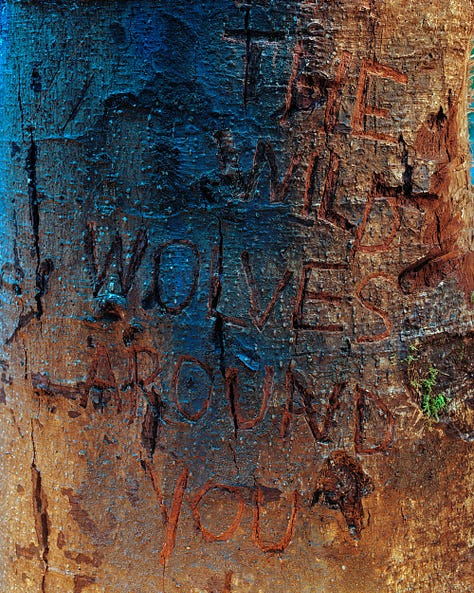

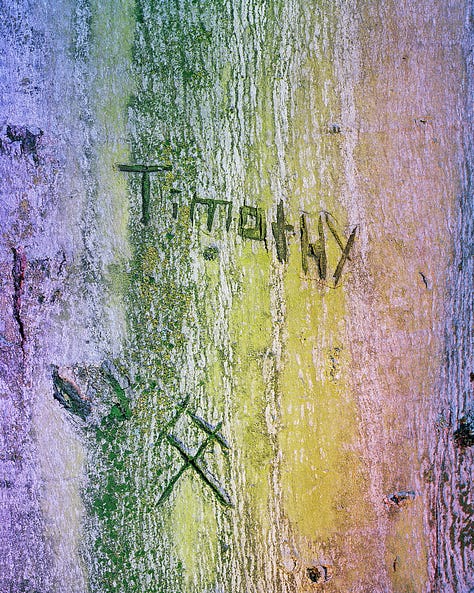
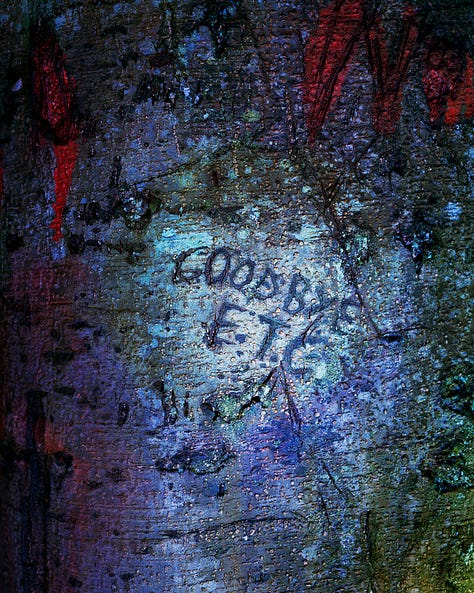
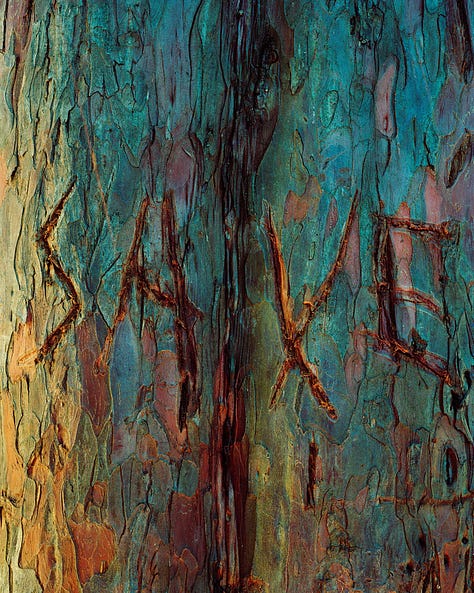
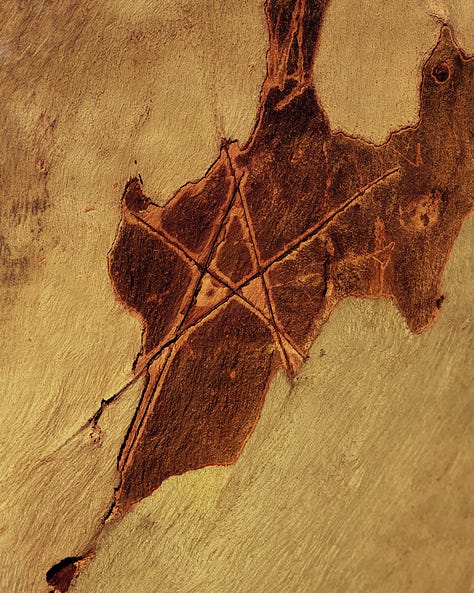
ODDS AND END
Speaking of Swedish nursing homes, a series by Swedish chef Niklas Ekstedt visits so-called Blue Zones, geographic areas where people live longer and healthier lives than average. In this episode, he explores a nursing home in Vittsjö in Sweden, where the residents often live well past 100 years old.
Here’s a video (sound on) someone took of what appears to be an arowana in Clove Lakes Park. Arowanas, nicknamed "water monkeys," are renowned for their aggressive behavior and personality. They can leap up to five feet from the water to catch prey such as insects, birds, or small animals. Asian Arowanas, which I’m assuming this is not an example of, are the world’s most valuable aquarium pet. They are bred on high-security farms ringed with barbed wire and armed guards in Southeast Asia and injected with traceable microchips. Some of these farms make so much money that they’re publicly traded corporations. There are arowana plastic surgeons who perform eye lifts($90) and chin jobs ($60). The fish, which go for thousands and even hundreds of thousands of dollars, are illegal to import into the US.
Emily Voight wrote a book about “The world’s most coveted fish.”

Kenny Yap (AKA “Kenny the Fish”) is a 55-year-old ex-pig farmer who runs Singapore’s largest arowana farm. (via the Hustle) In 2022, Cornelius was the 940th most popular boy’s name in the United States, which is frankly much higher than I suspected. That means approximately 249 baby boys were named Cornelius in 2022.
Just in case you glossed over that link to Grandmaster Kim’s acting debut in the 2004 feature “Jimmy Whispers Returns to Mulberry Street”, I’m reposting it. Assuming that several of the actors in the mafia movie were not actually acting and knowing that the 88-year-old Grandmaster Kim could severely disable me in any number of ways, I will refrain from leaving a review.
Smith, Dorothy. *The Clove and Its Valley*. The Staten Island Historian, vol. XVII, no. 3, July-Sept. 1956.
https://www.silive.com/timecapsule/2018/01/memoirs_jhong_auk_kim_master_o.html

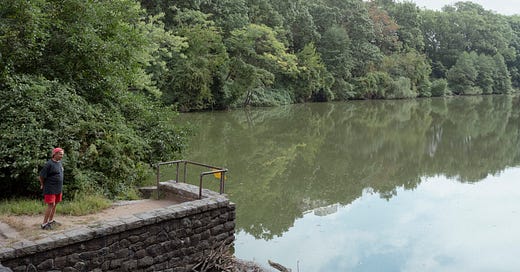



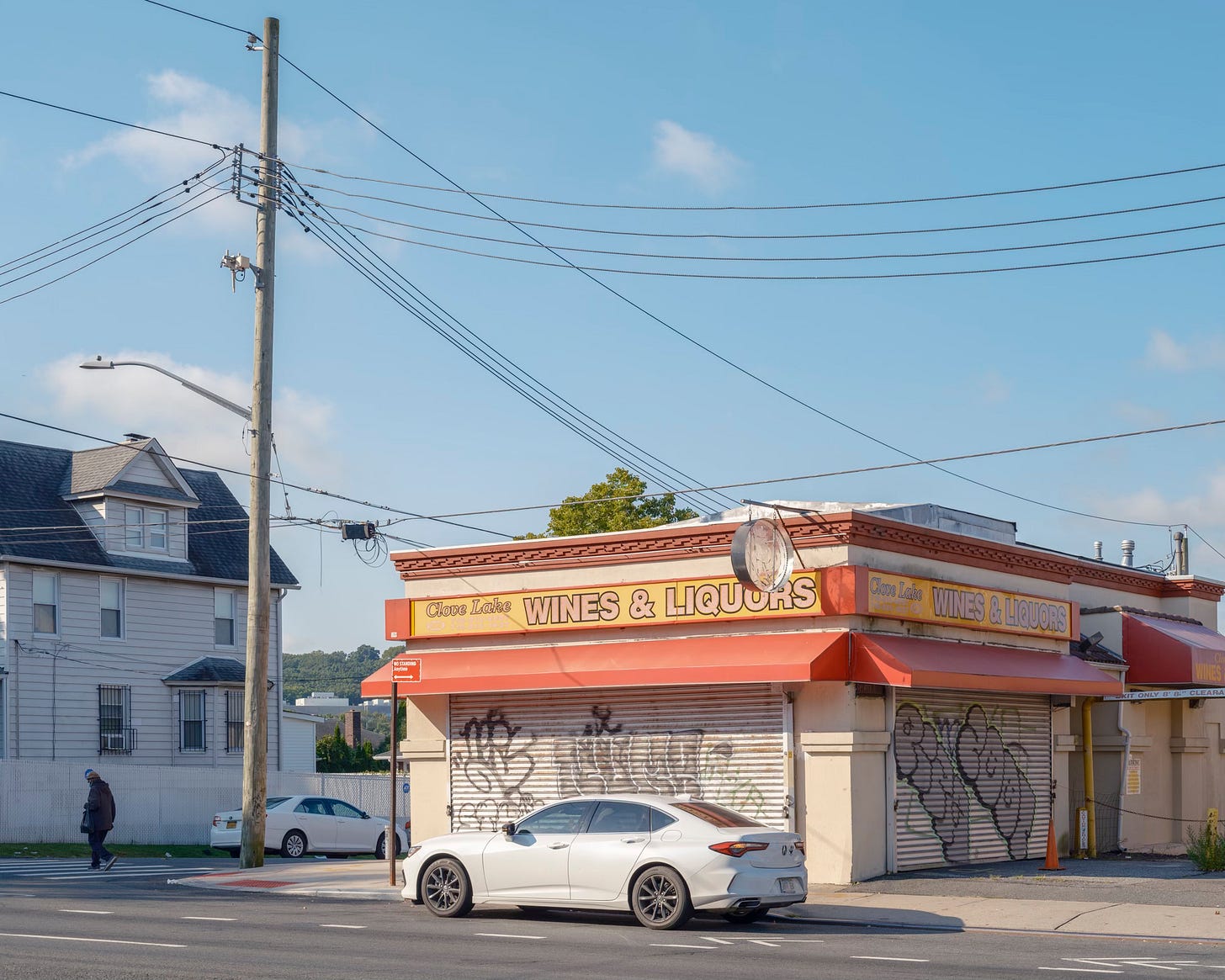
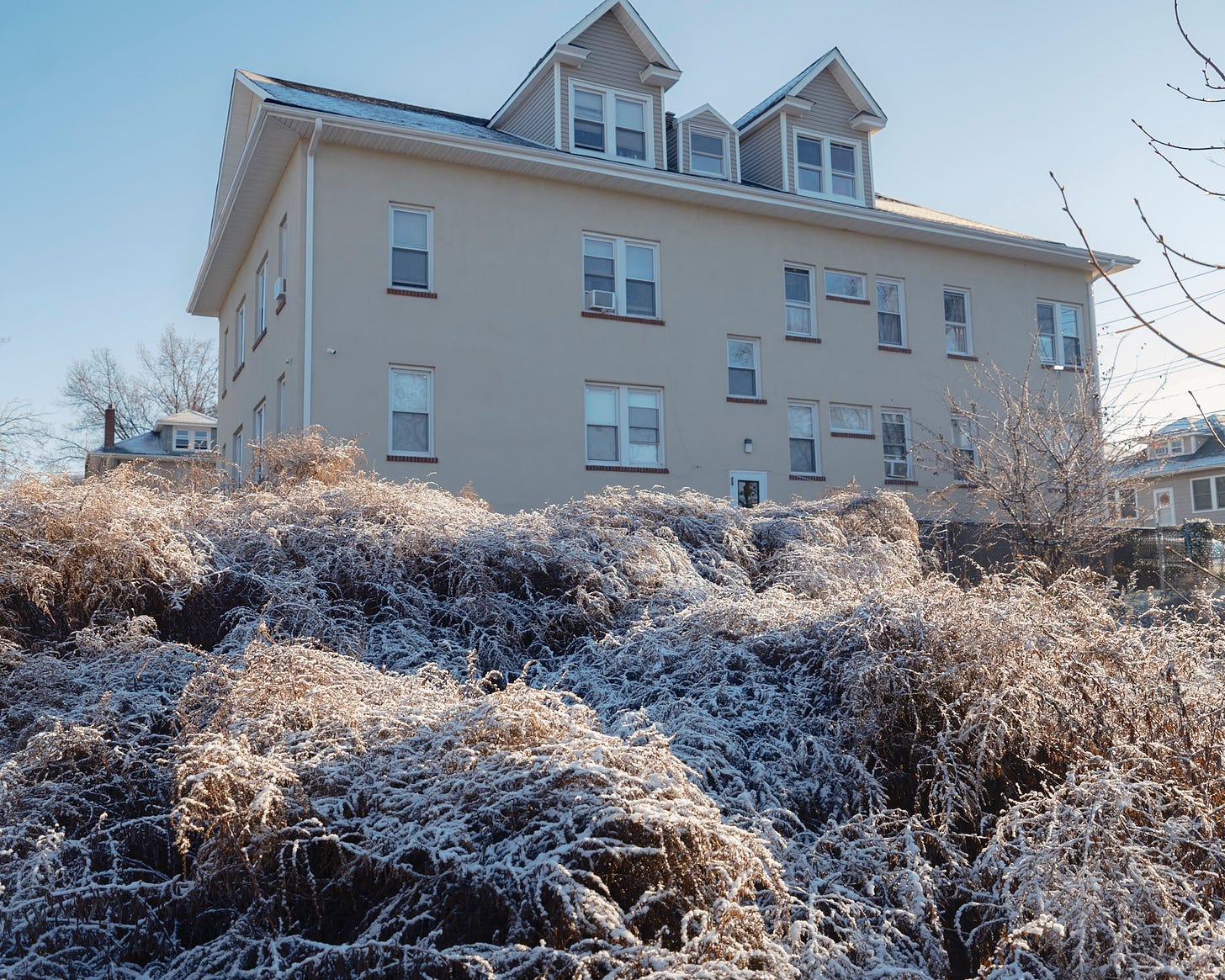
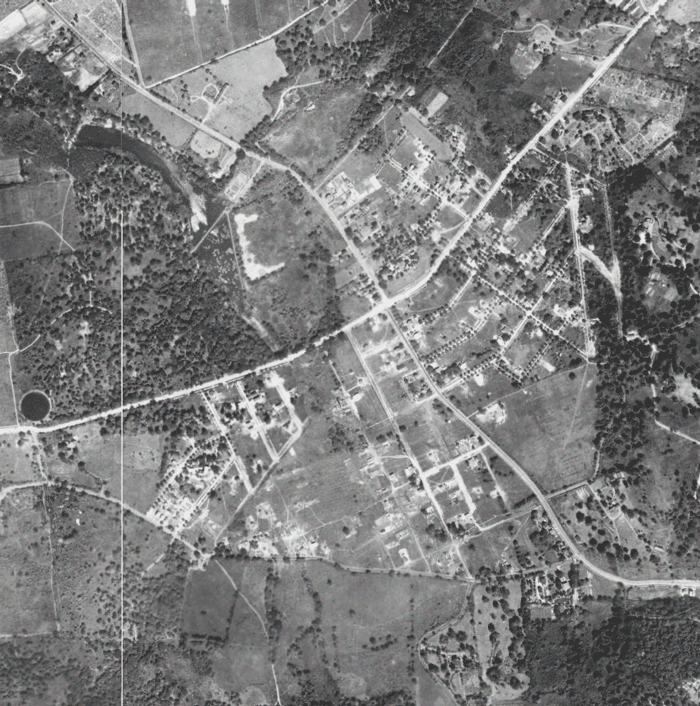
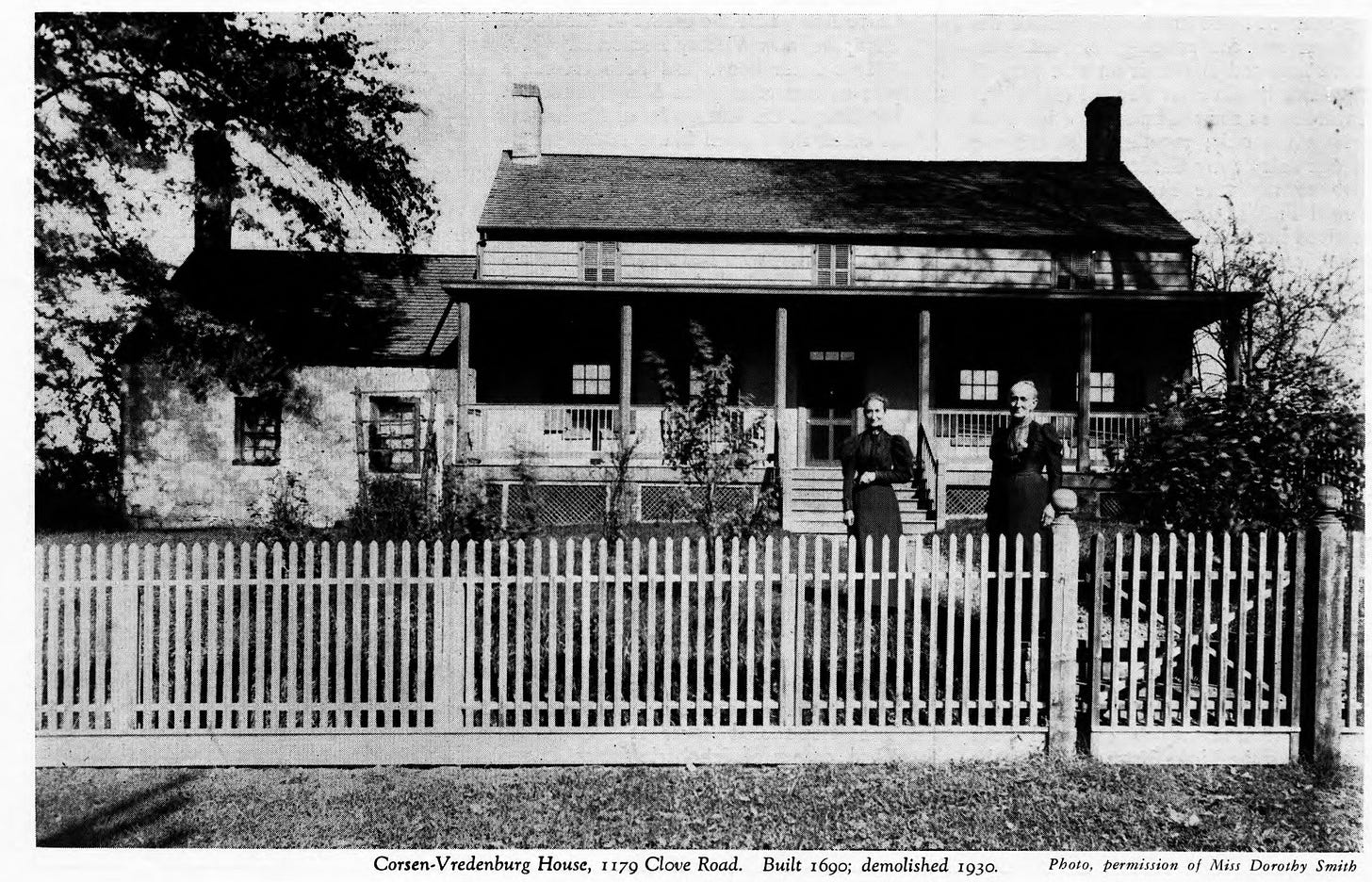
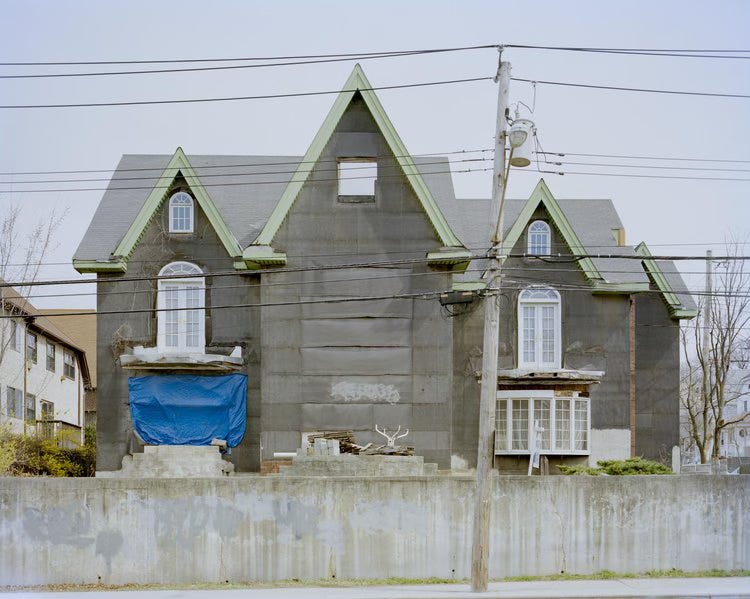
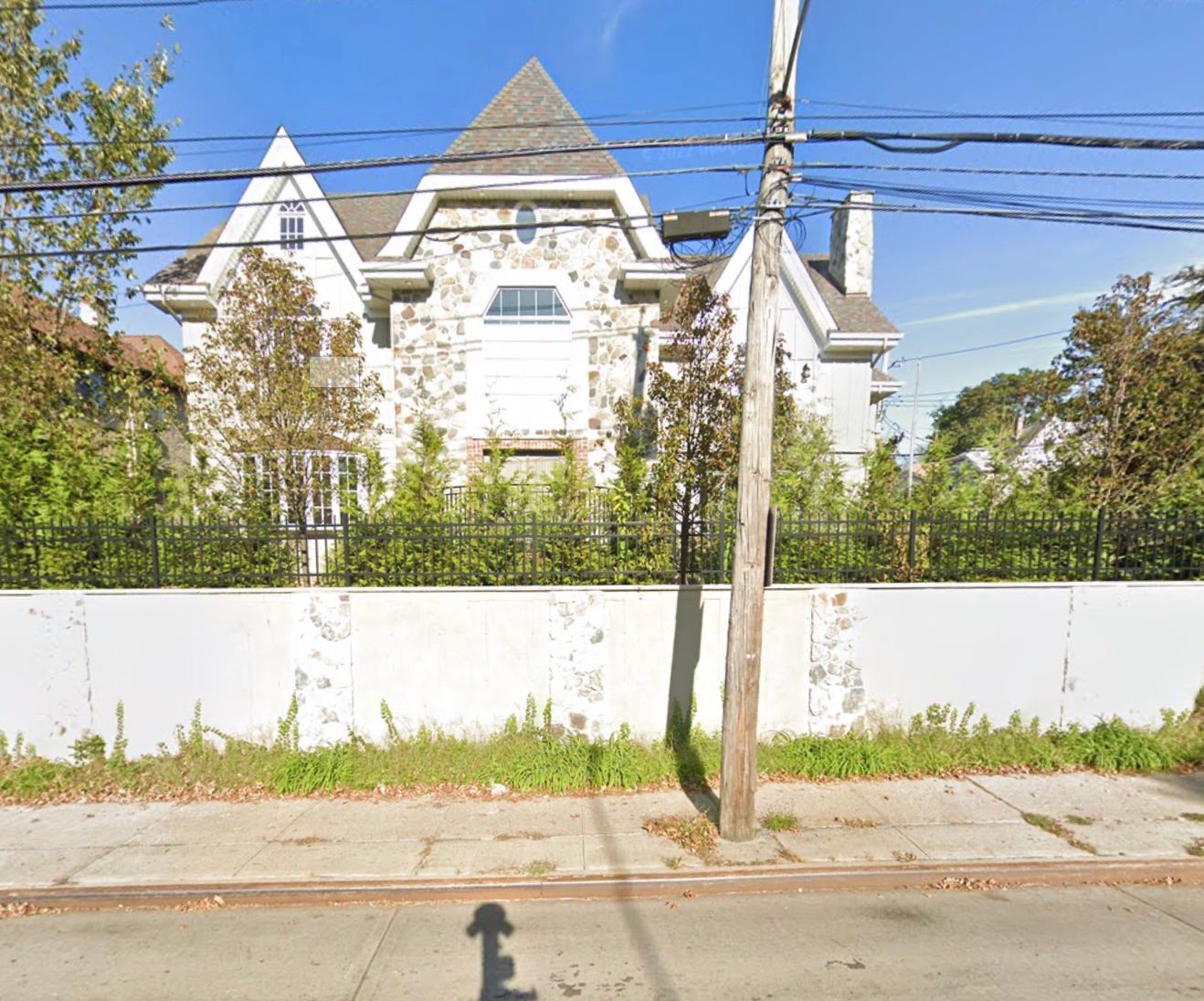
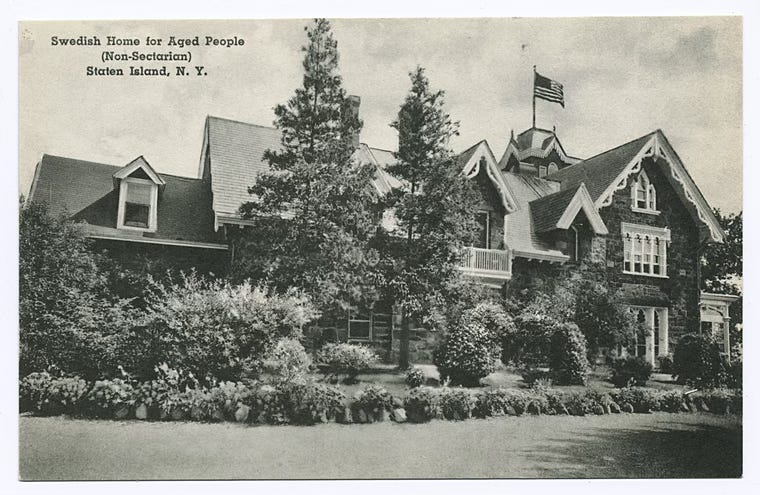
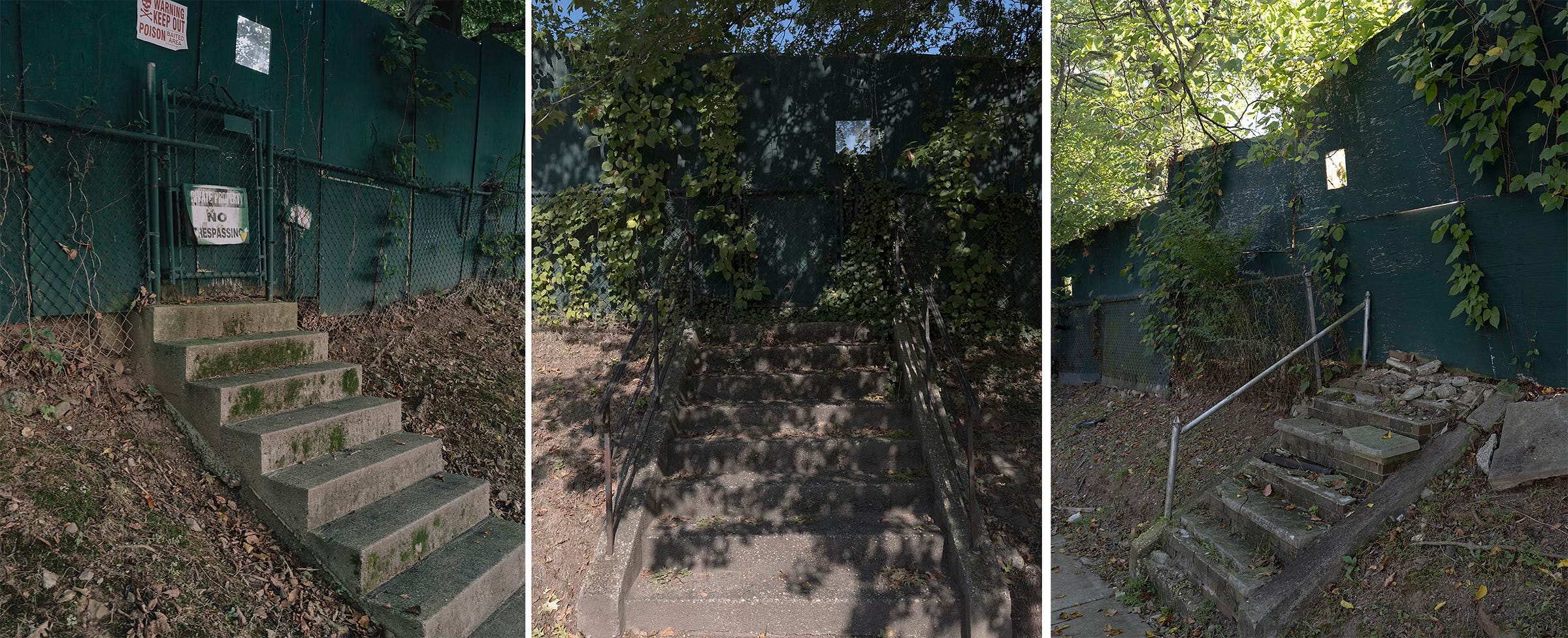
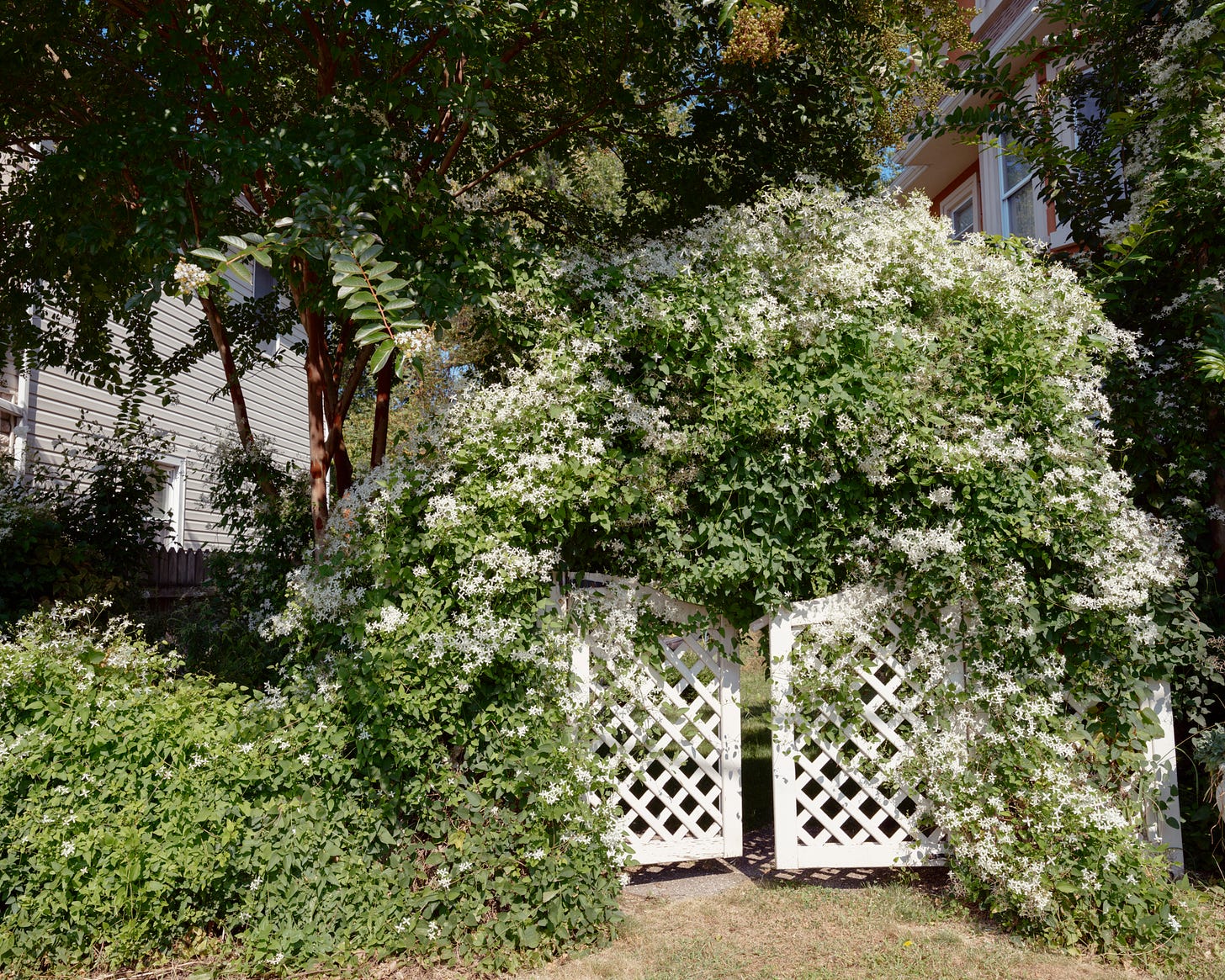


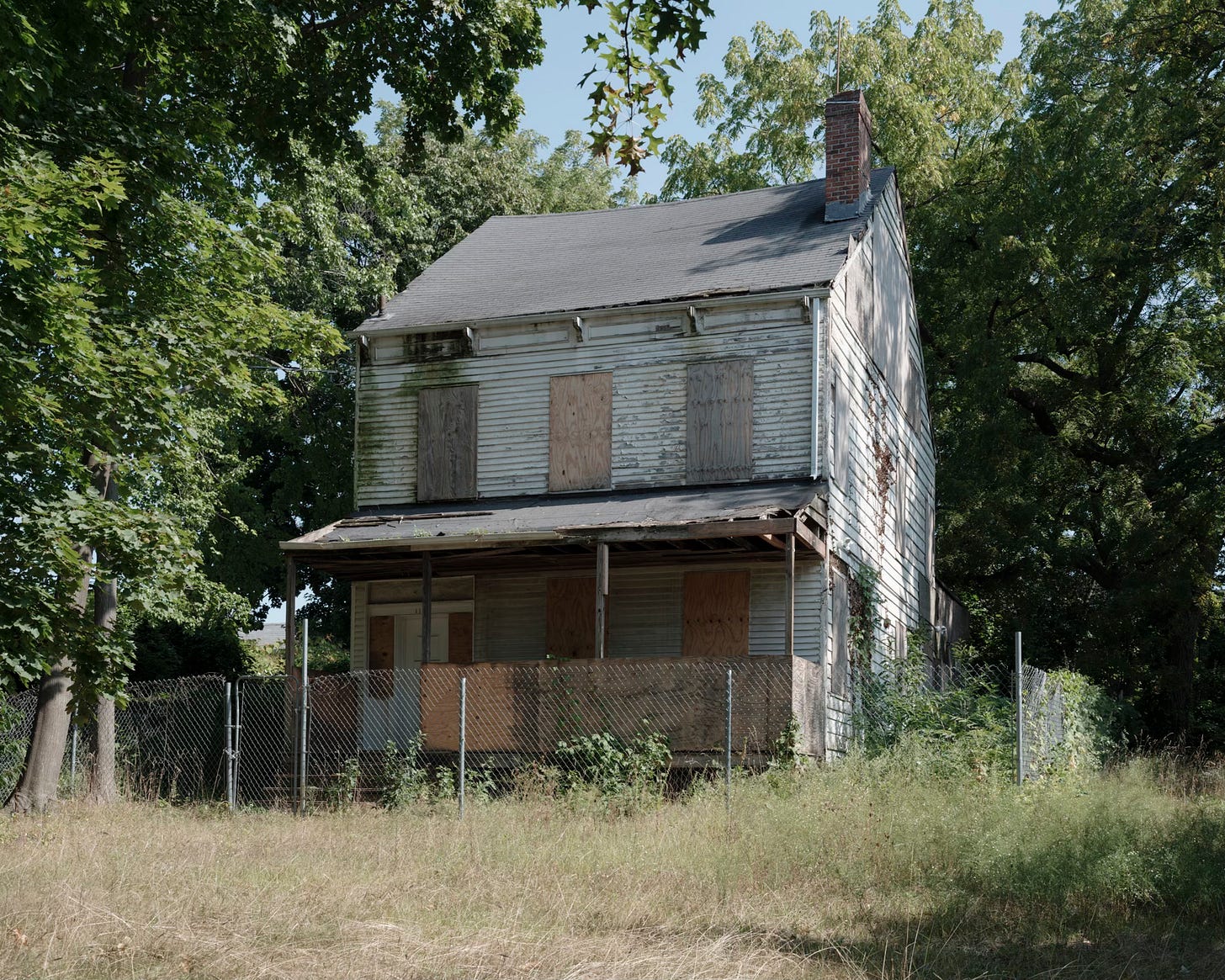

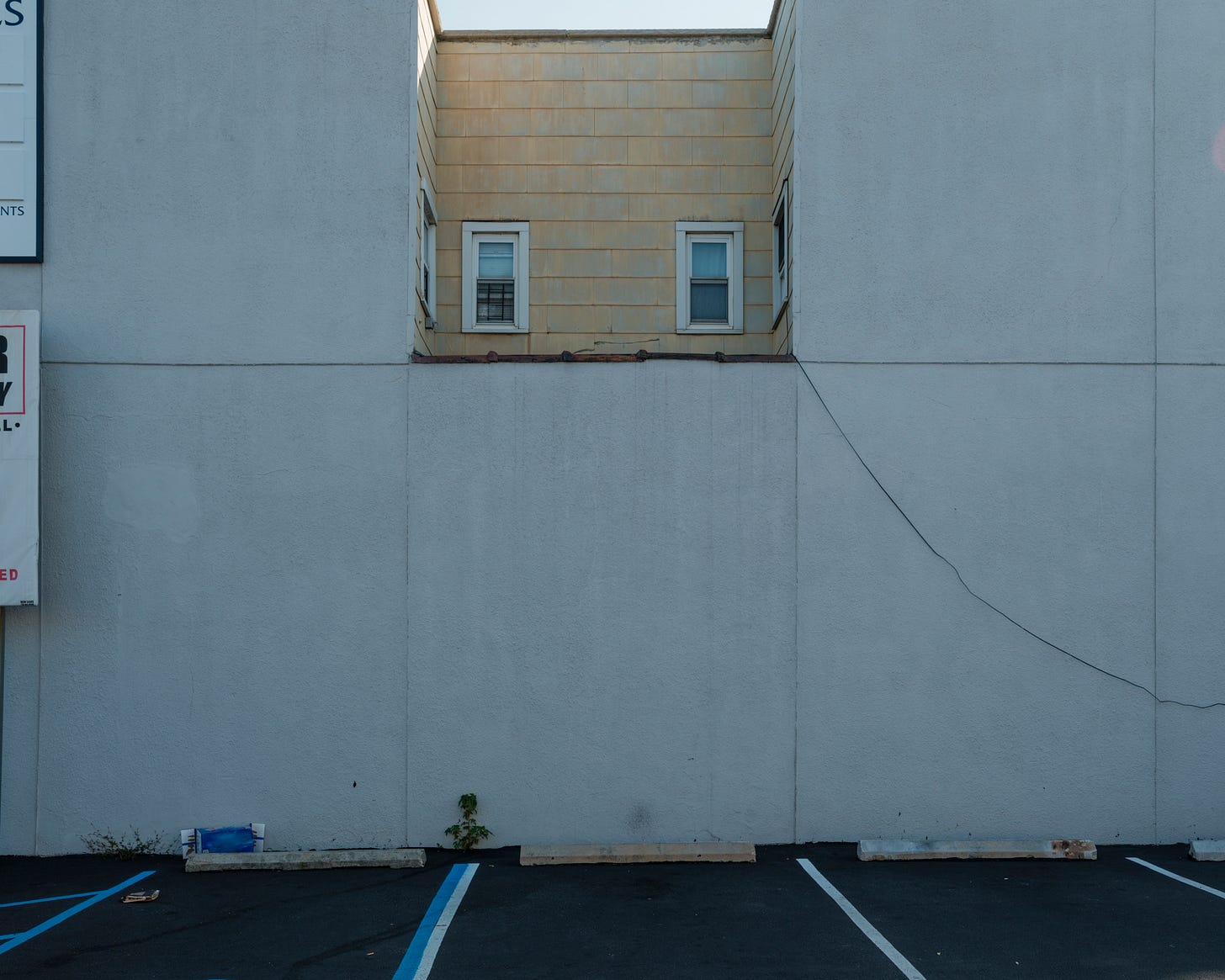
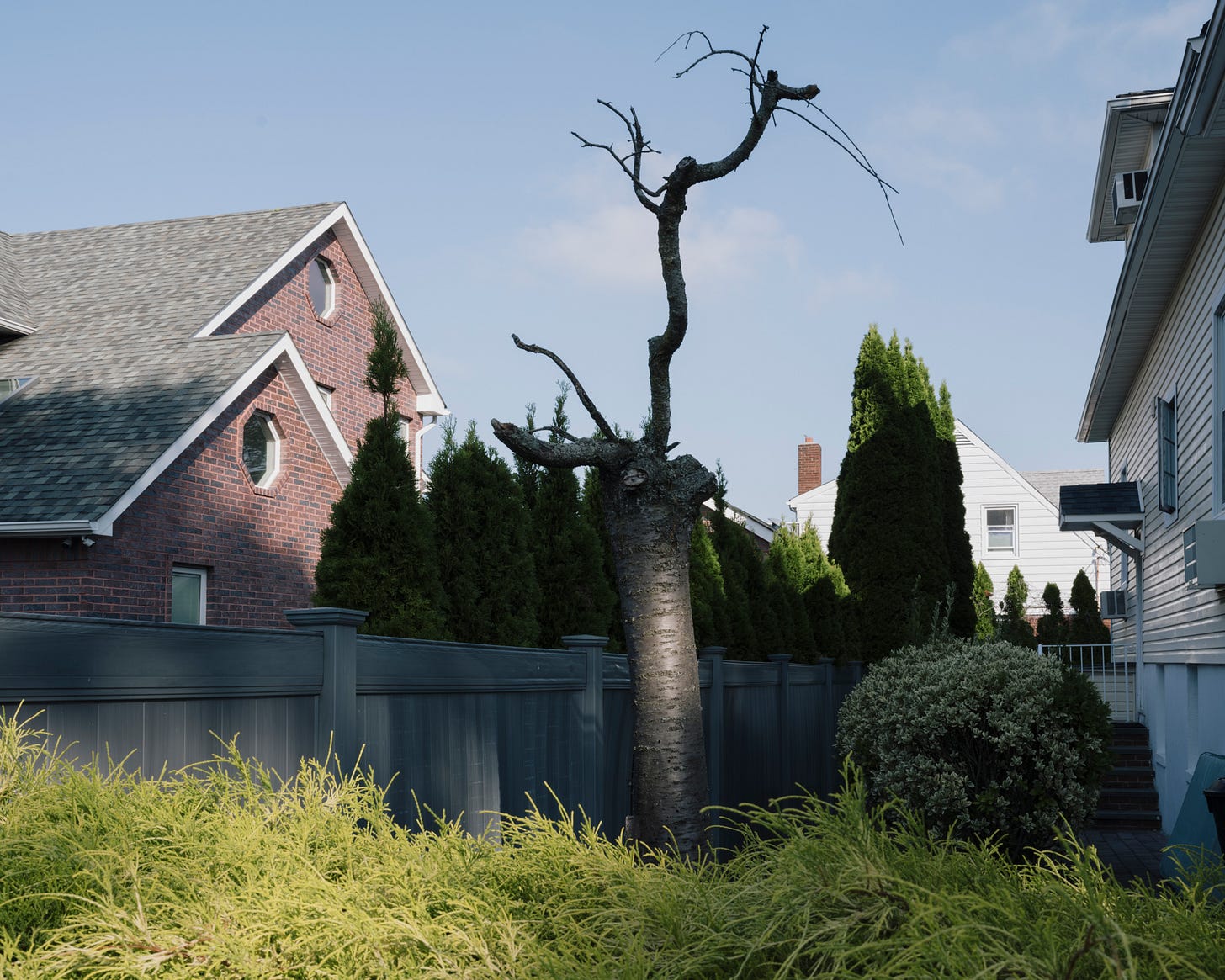
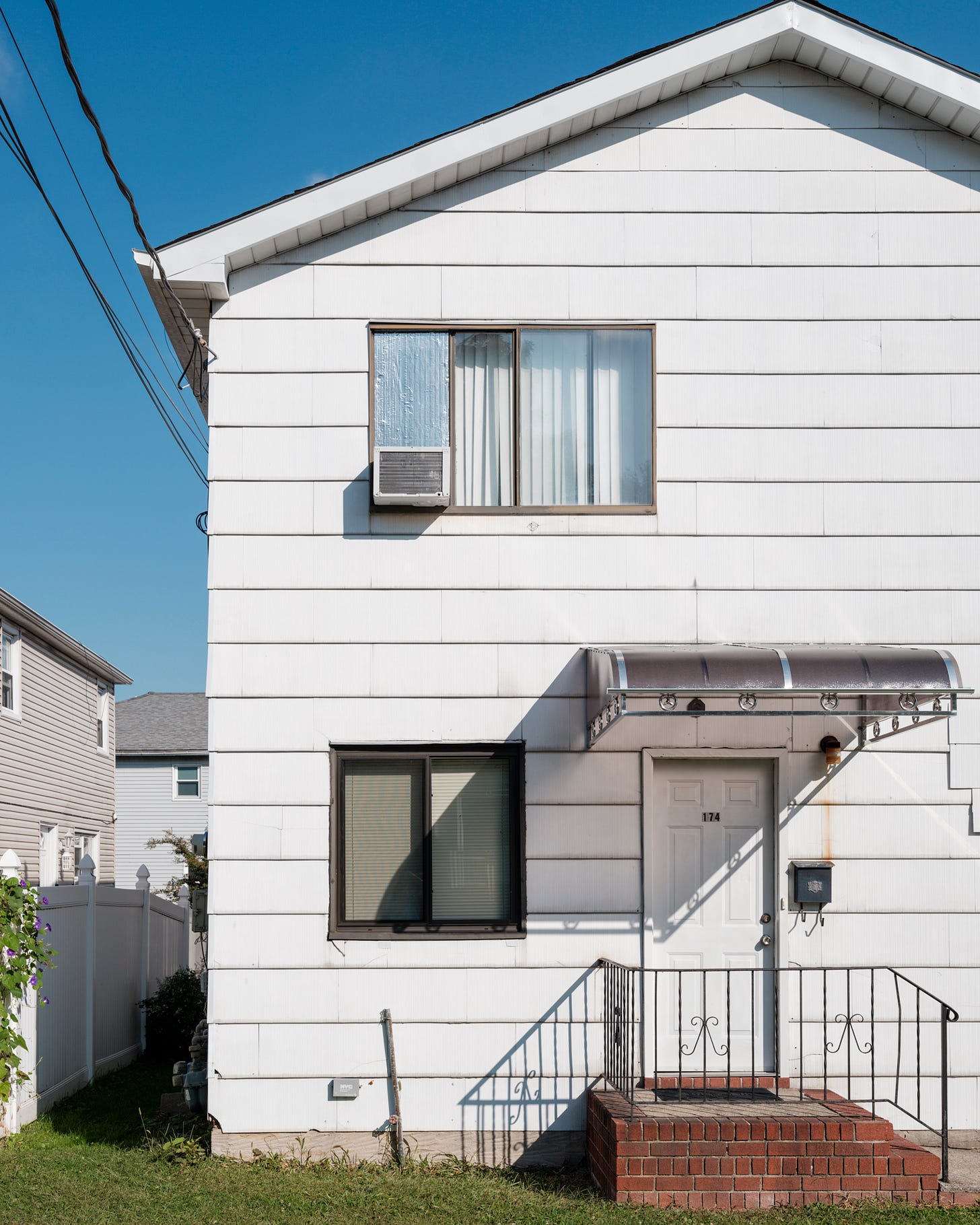
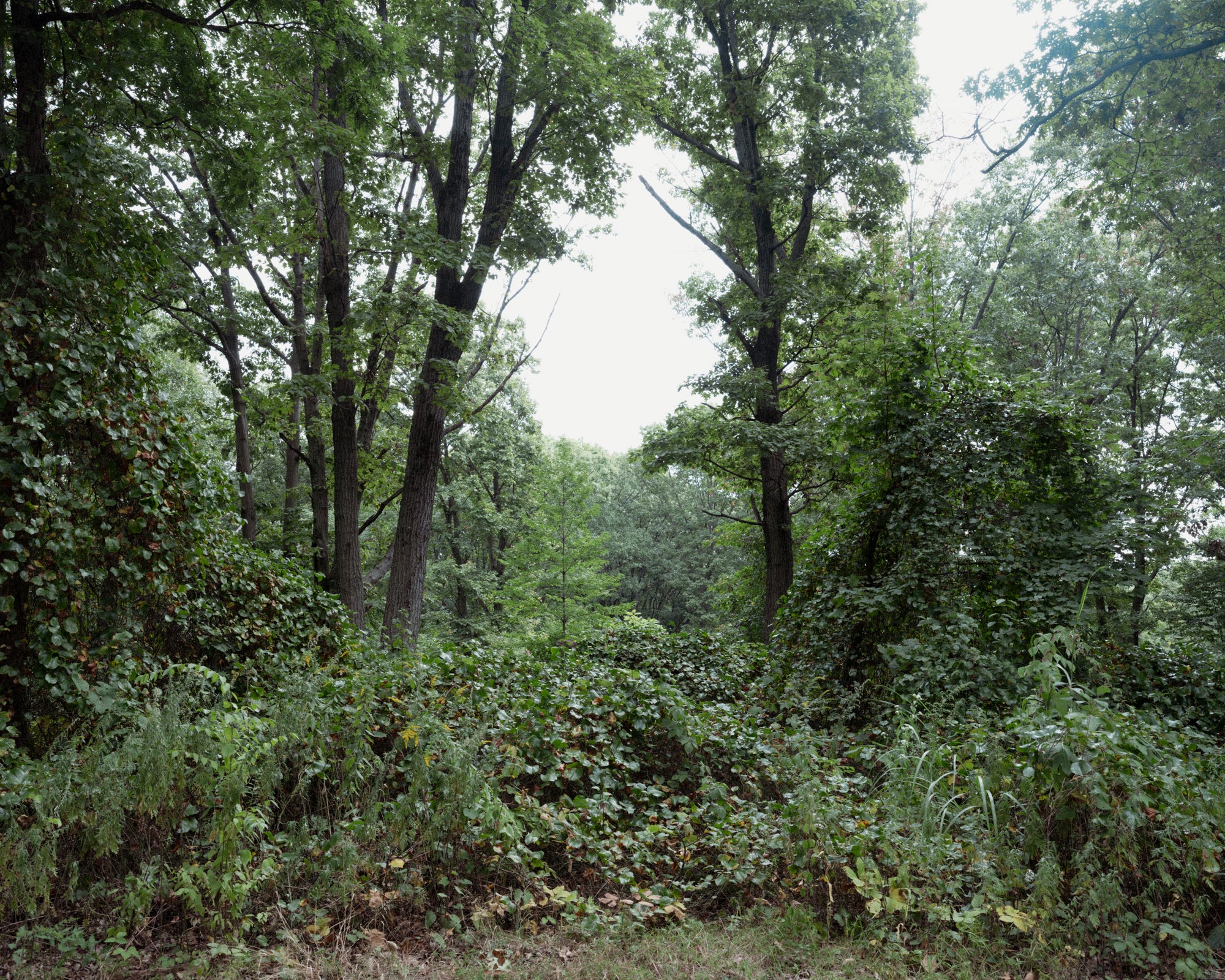
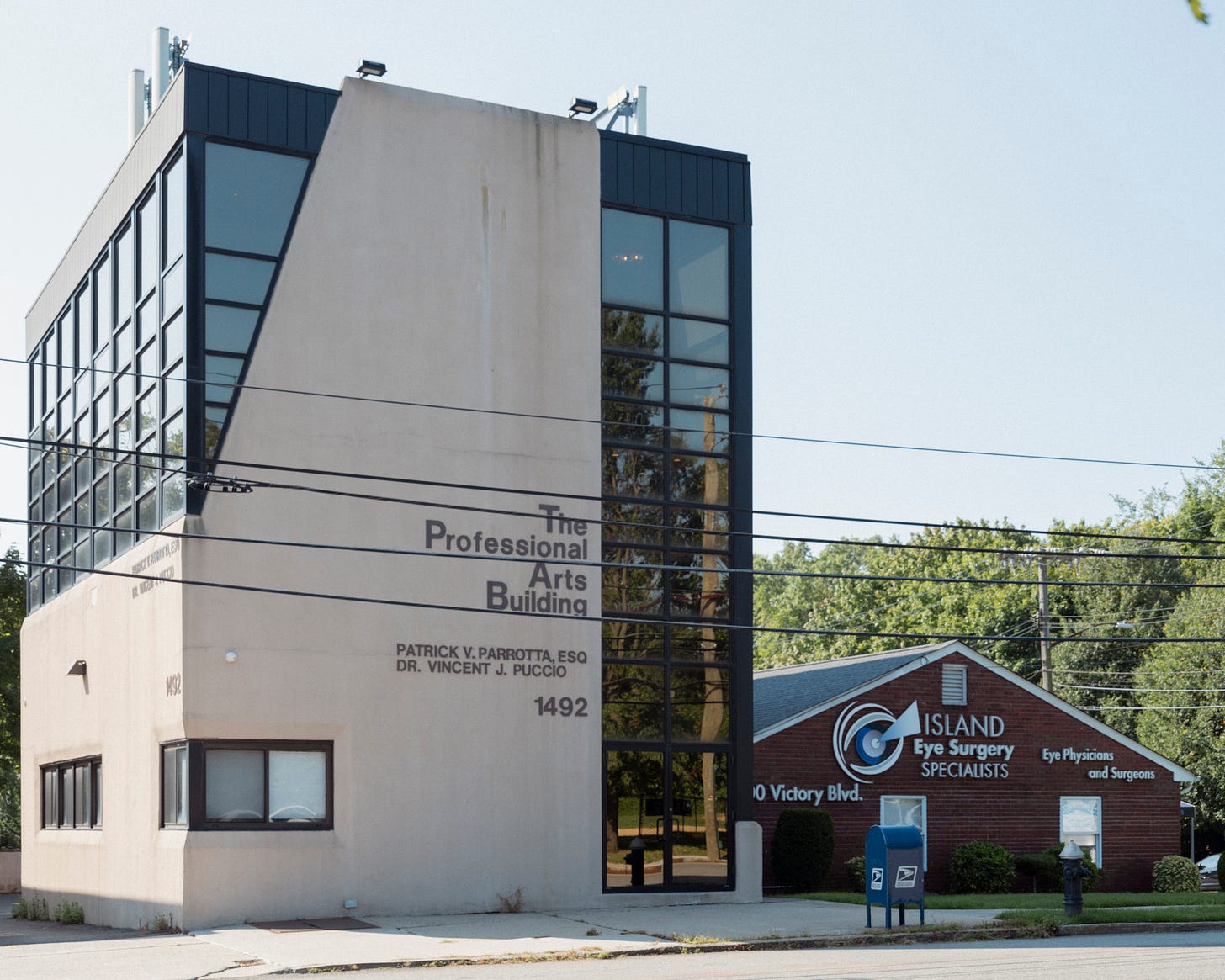
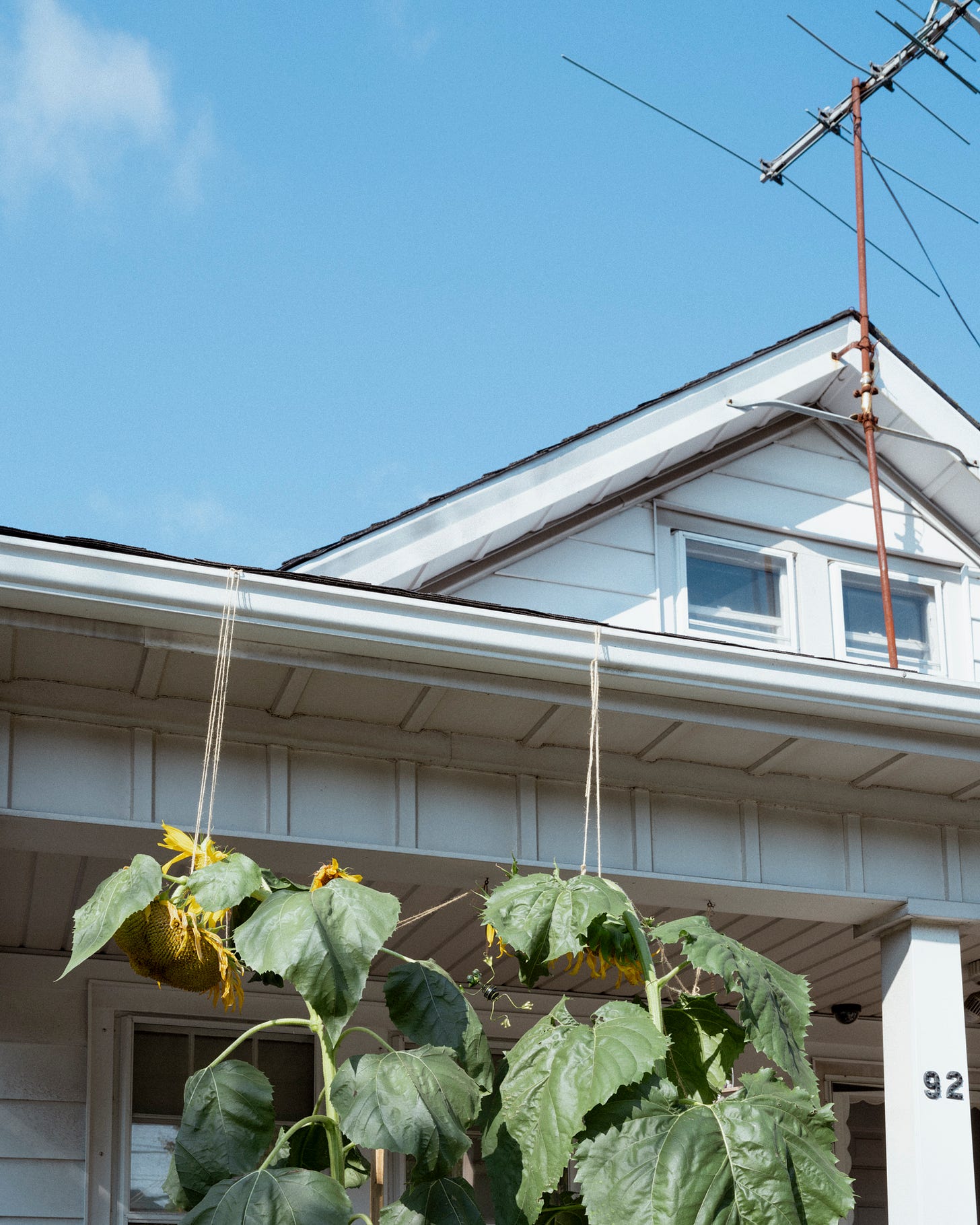

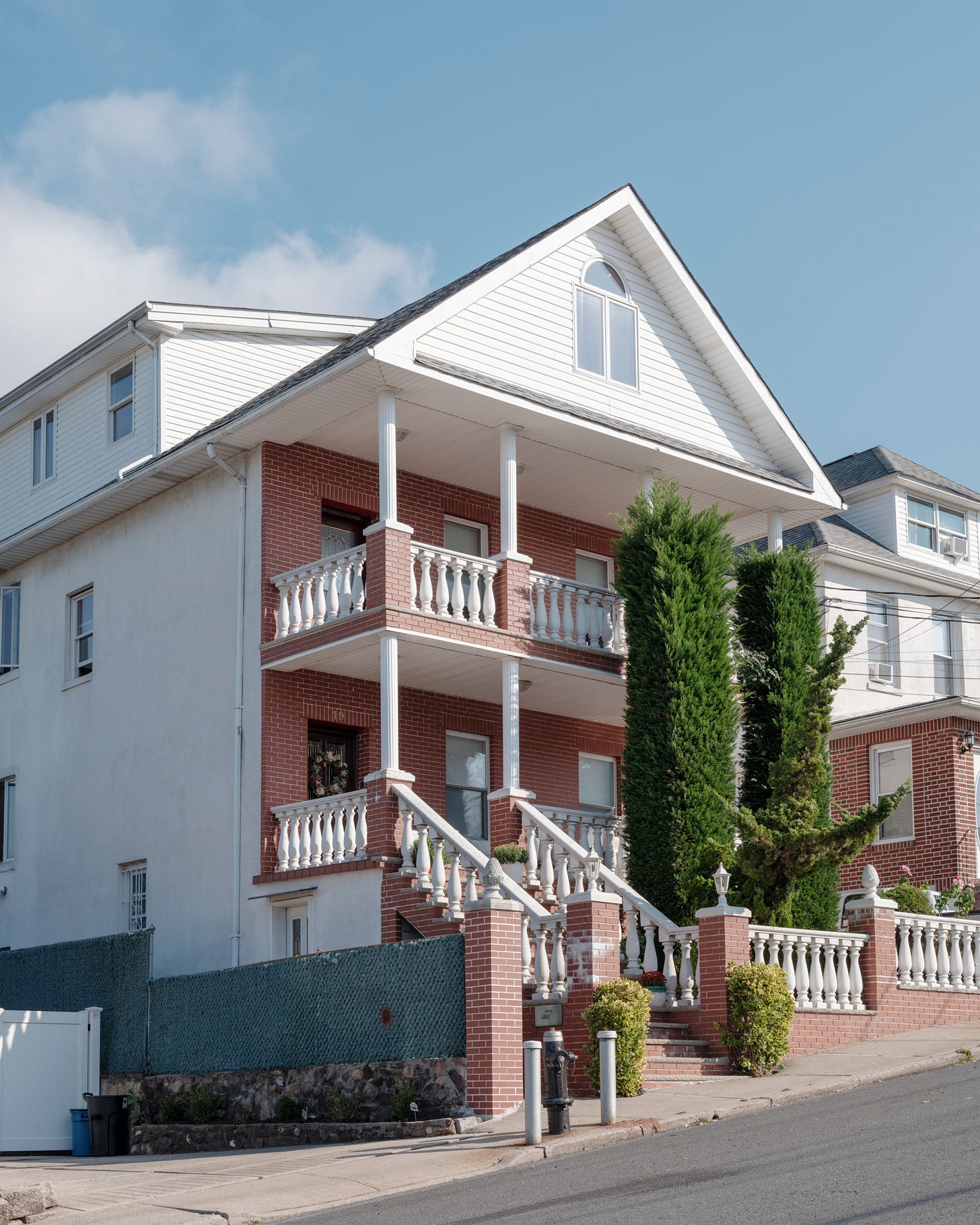
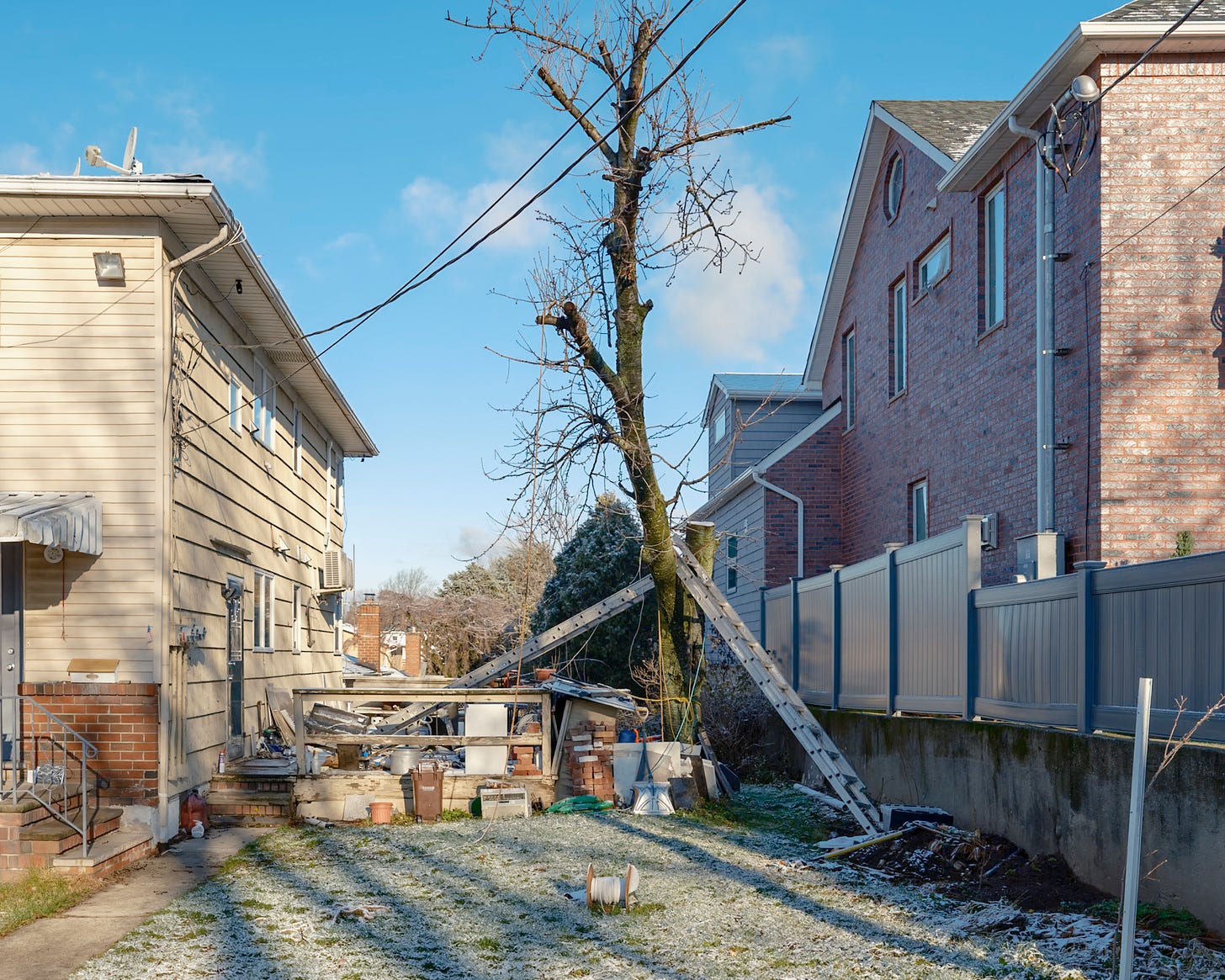
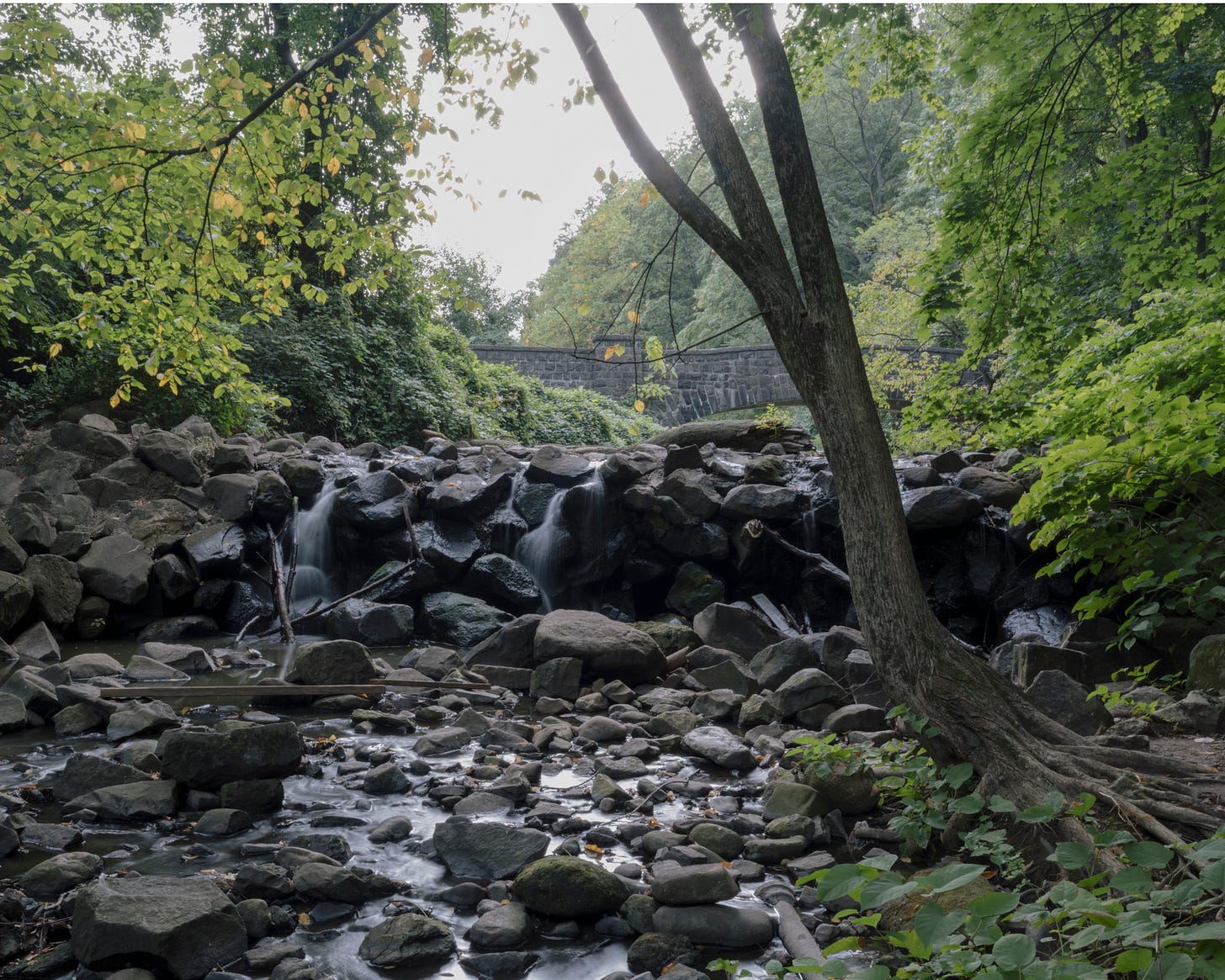
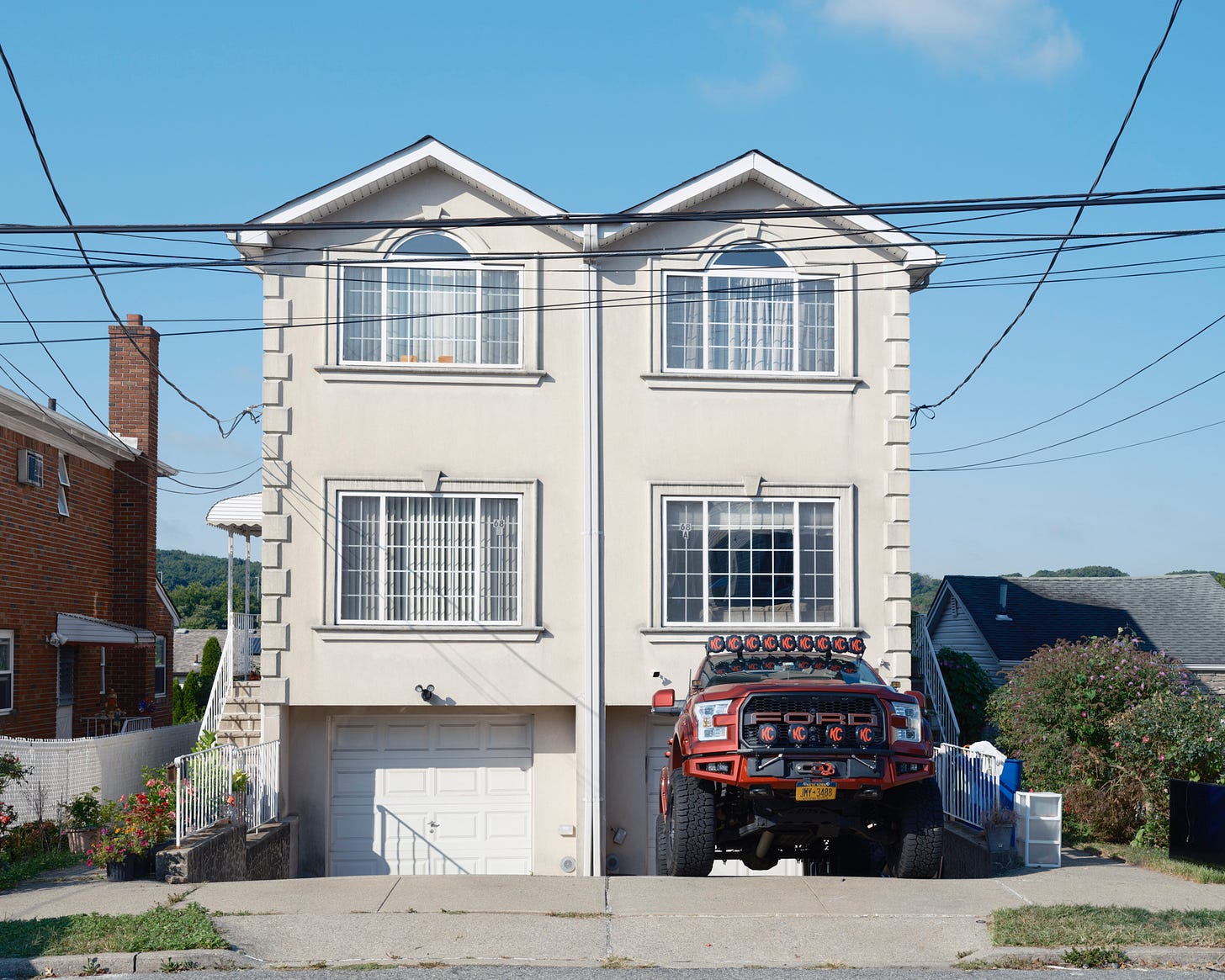
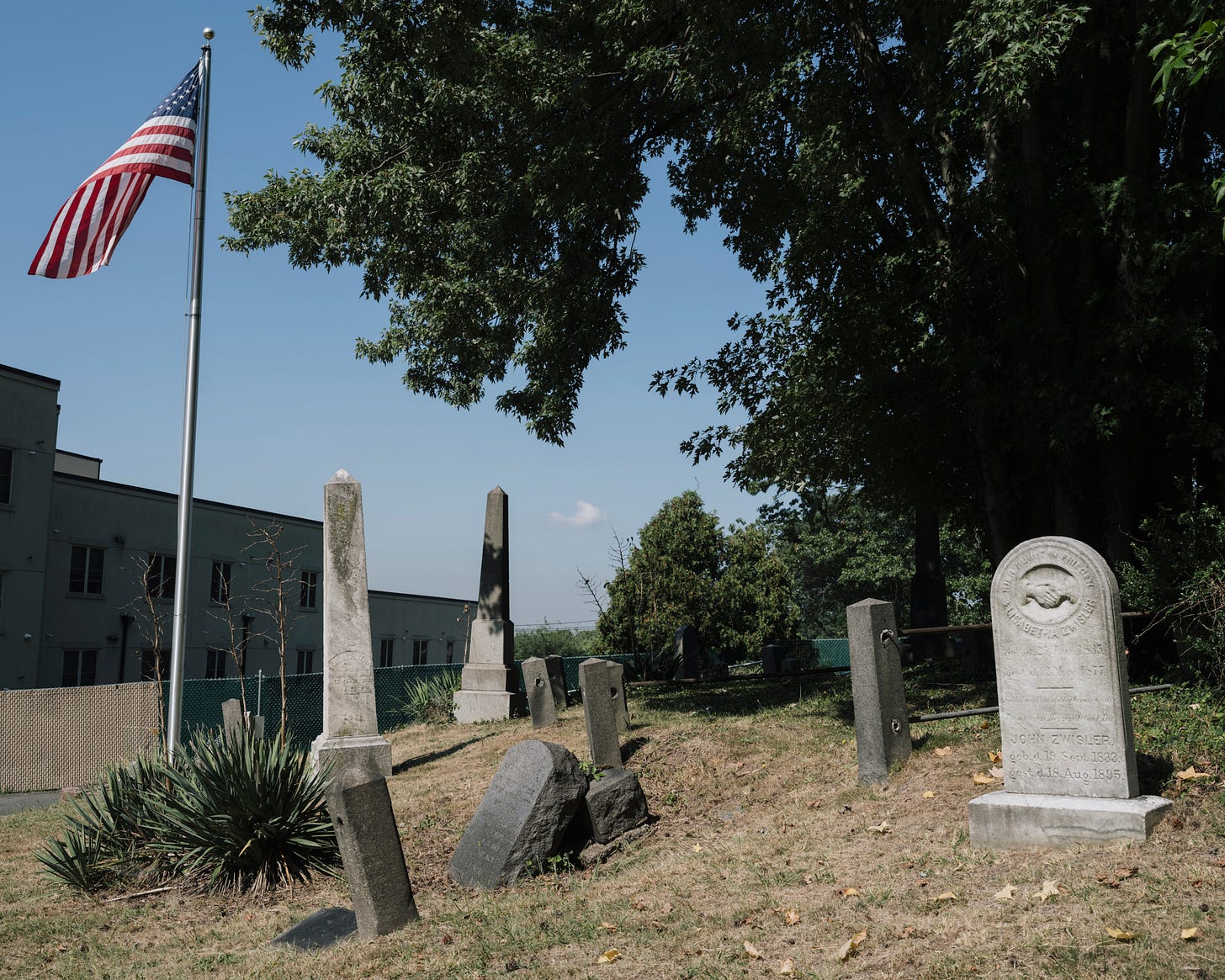
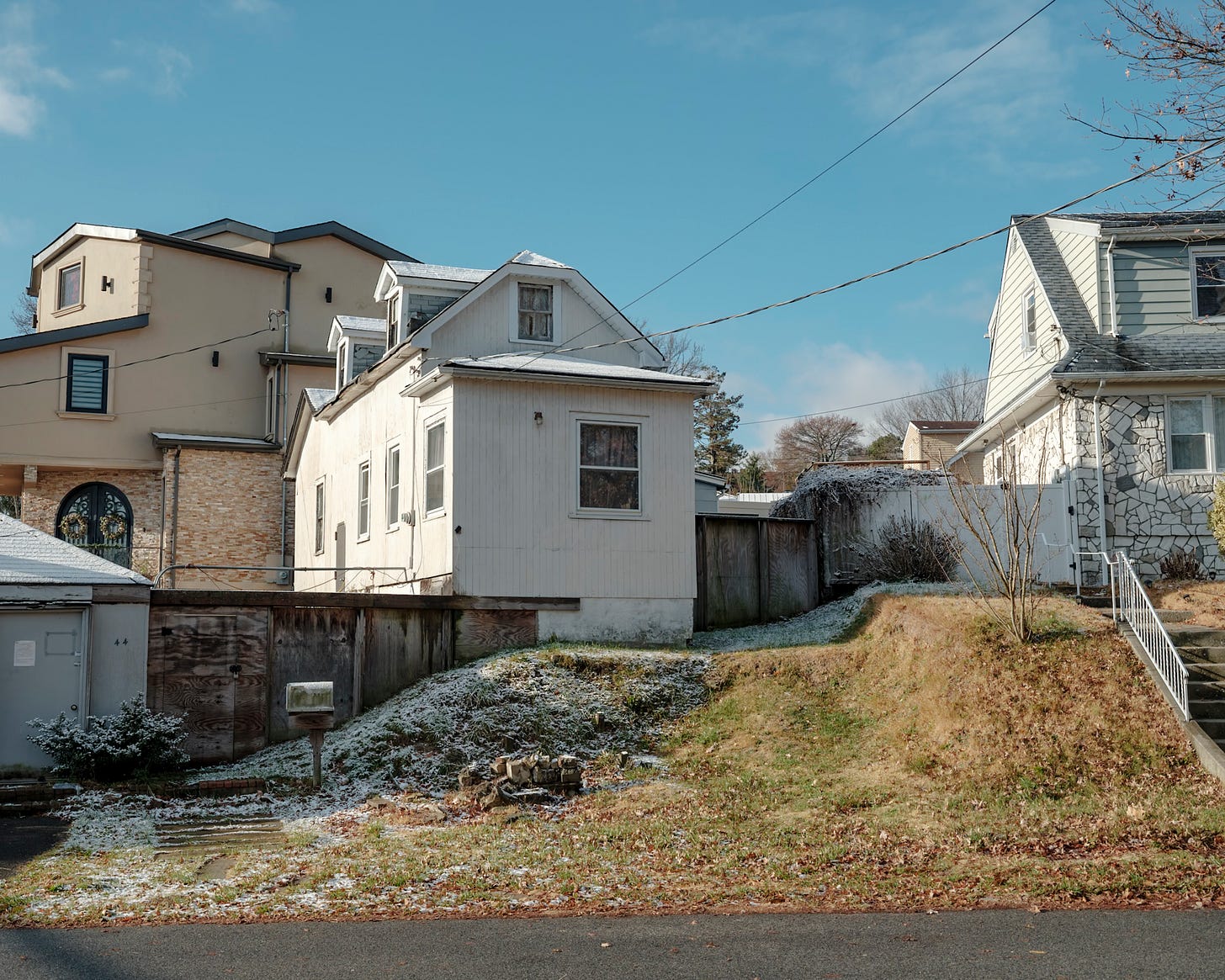

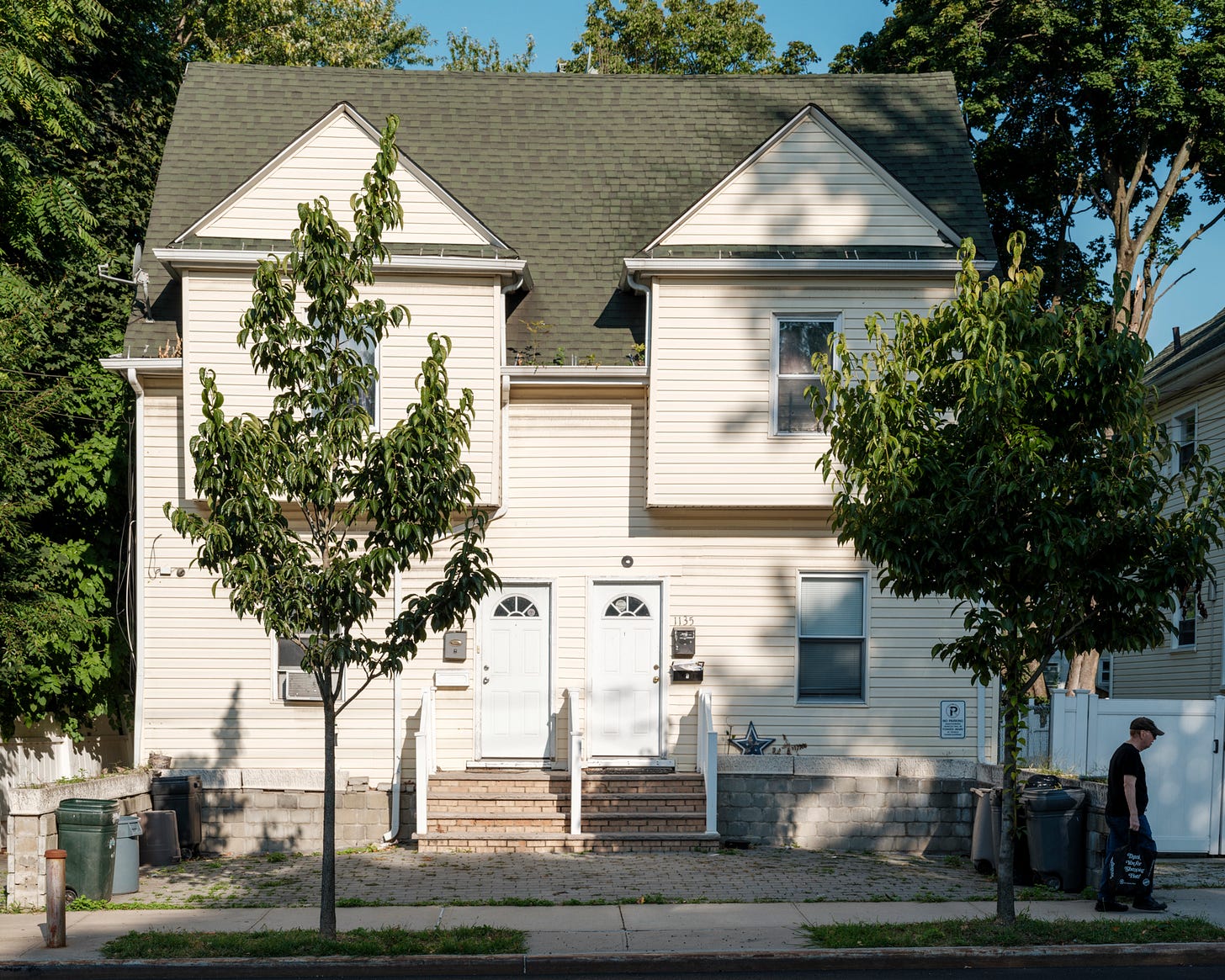

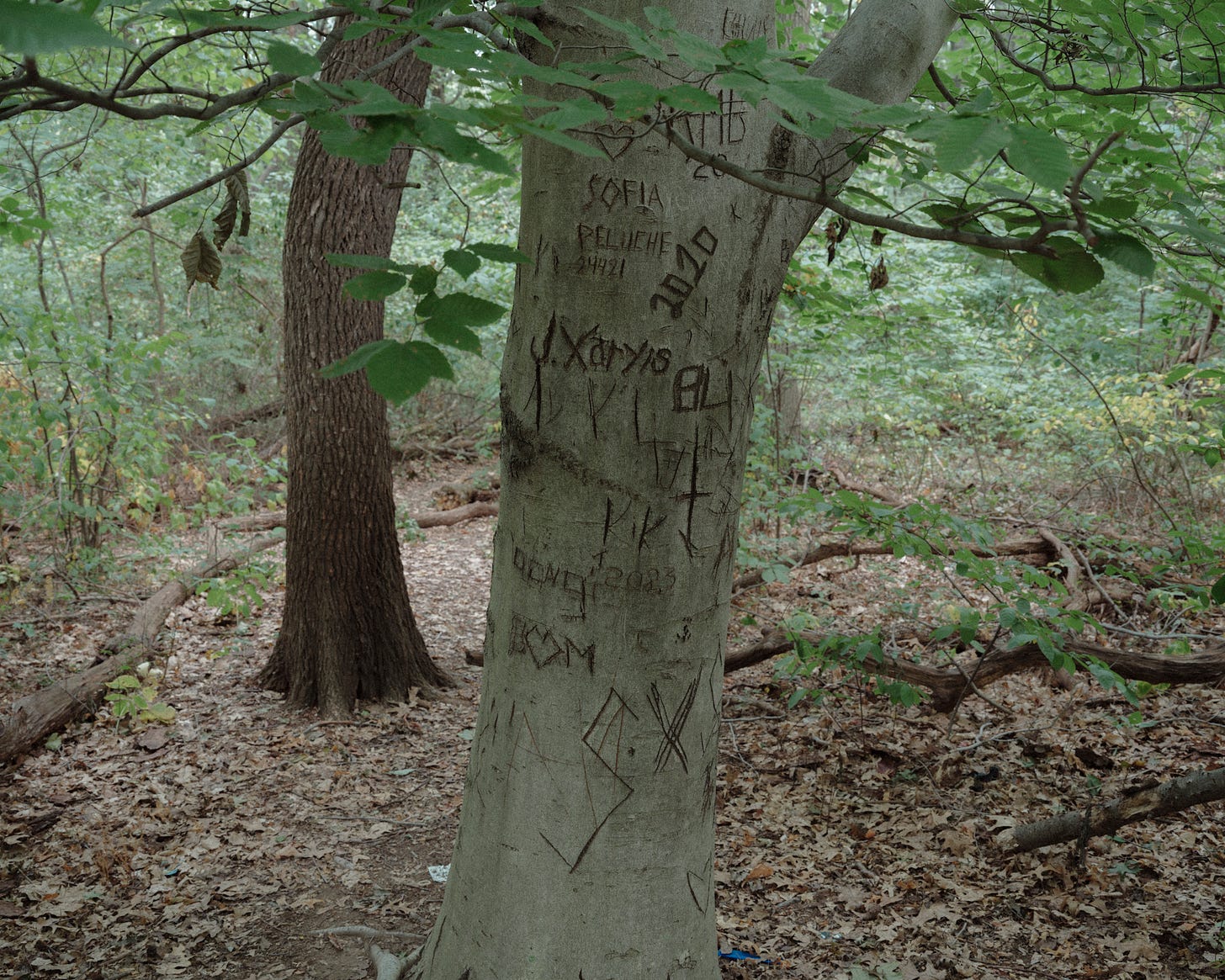
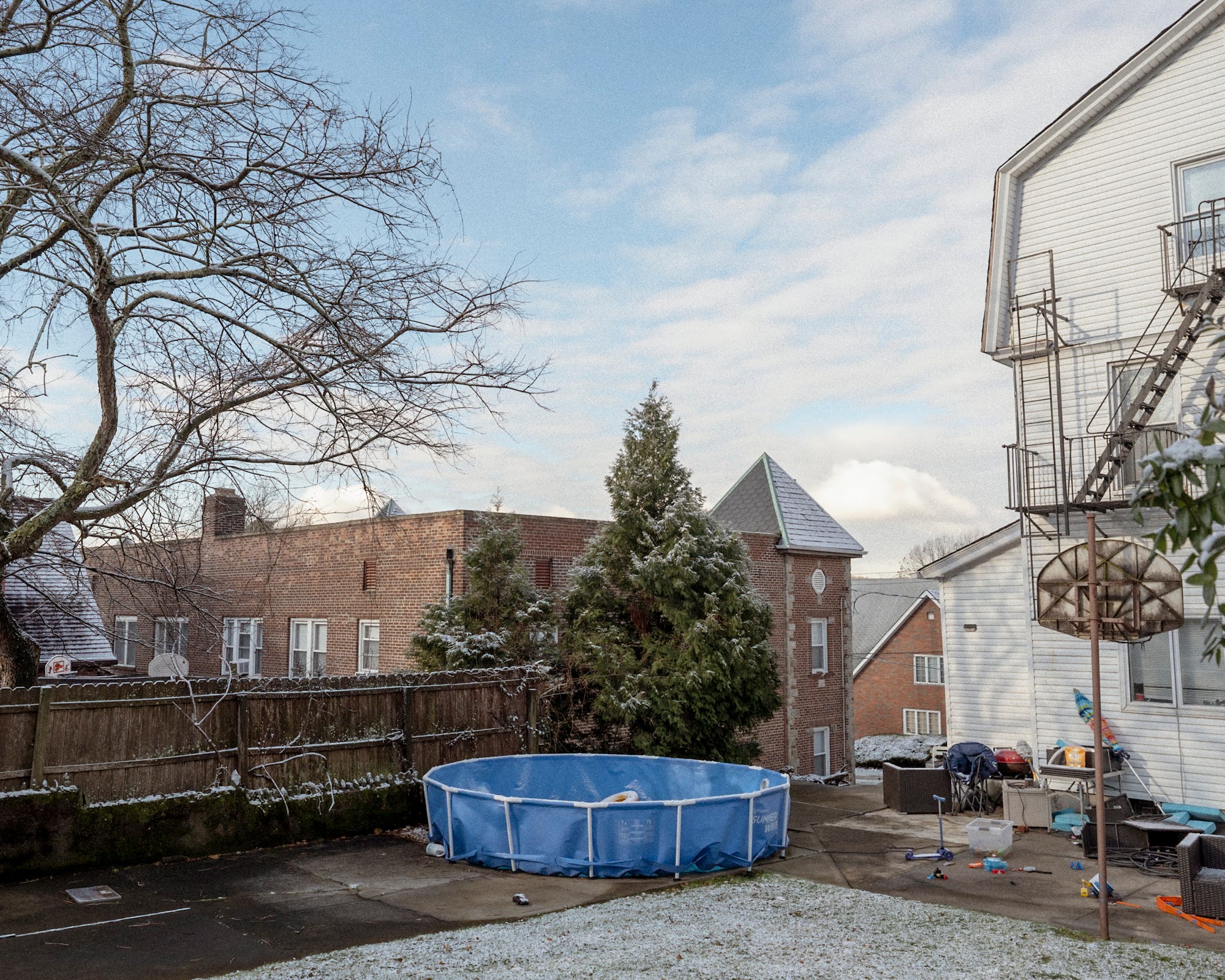

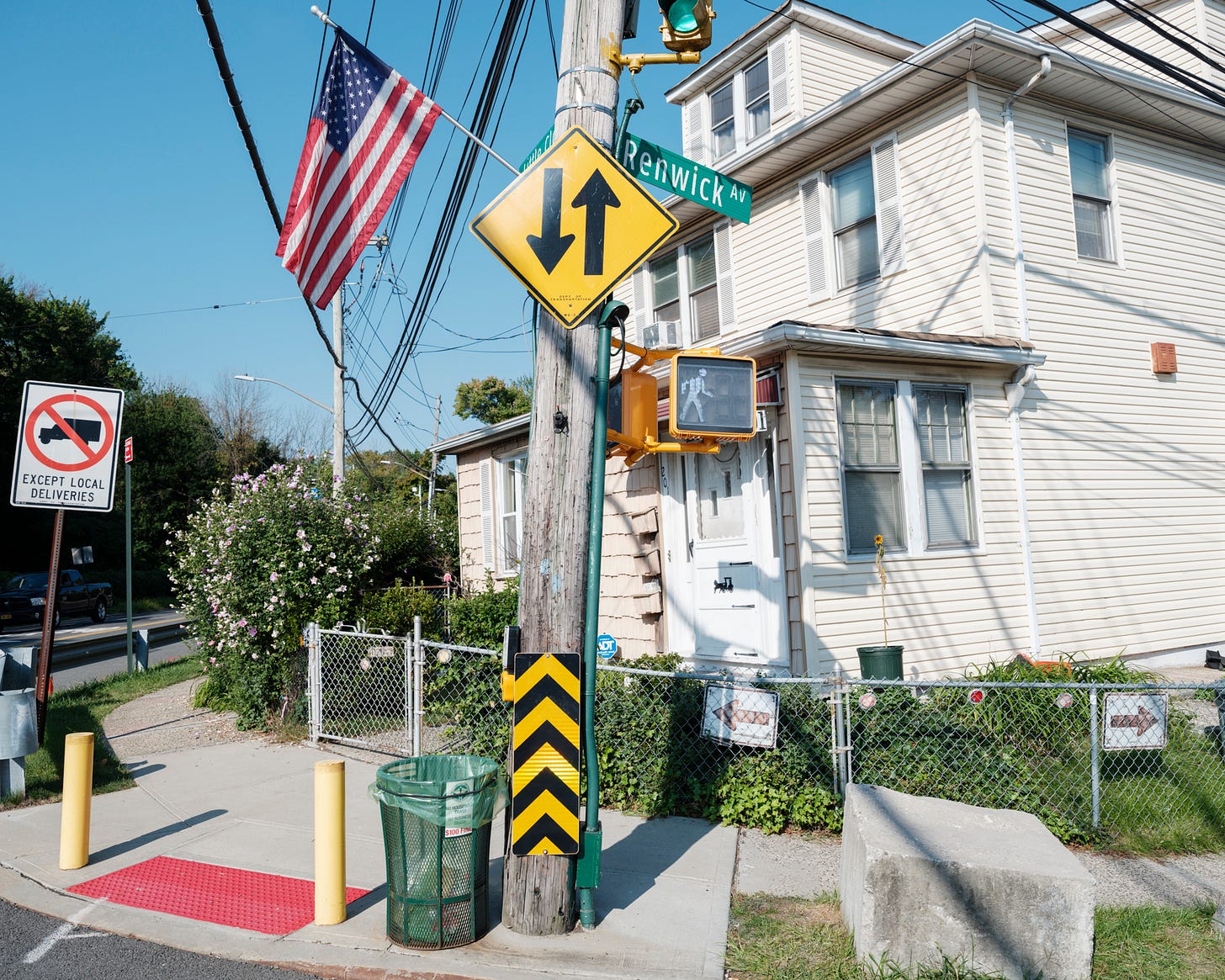
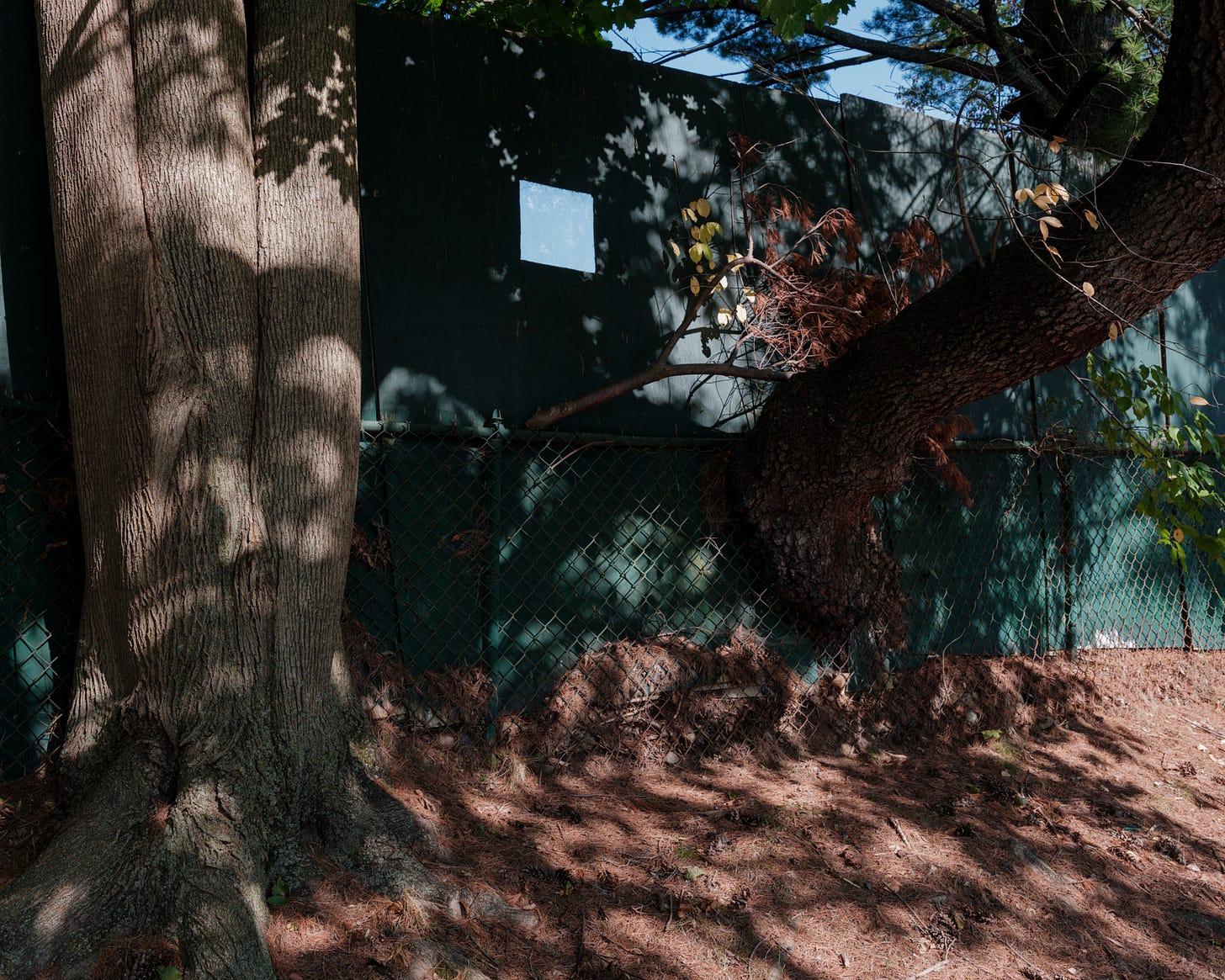
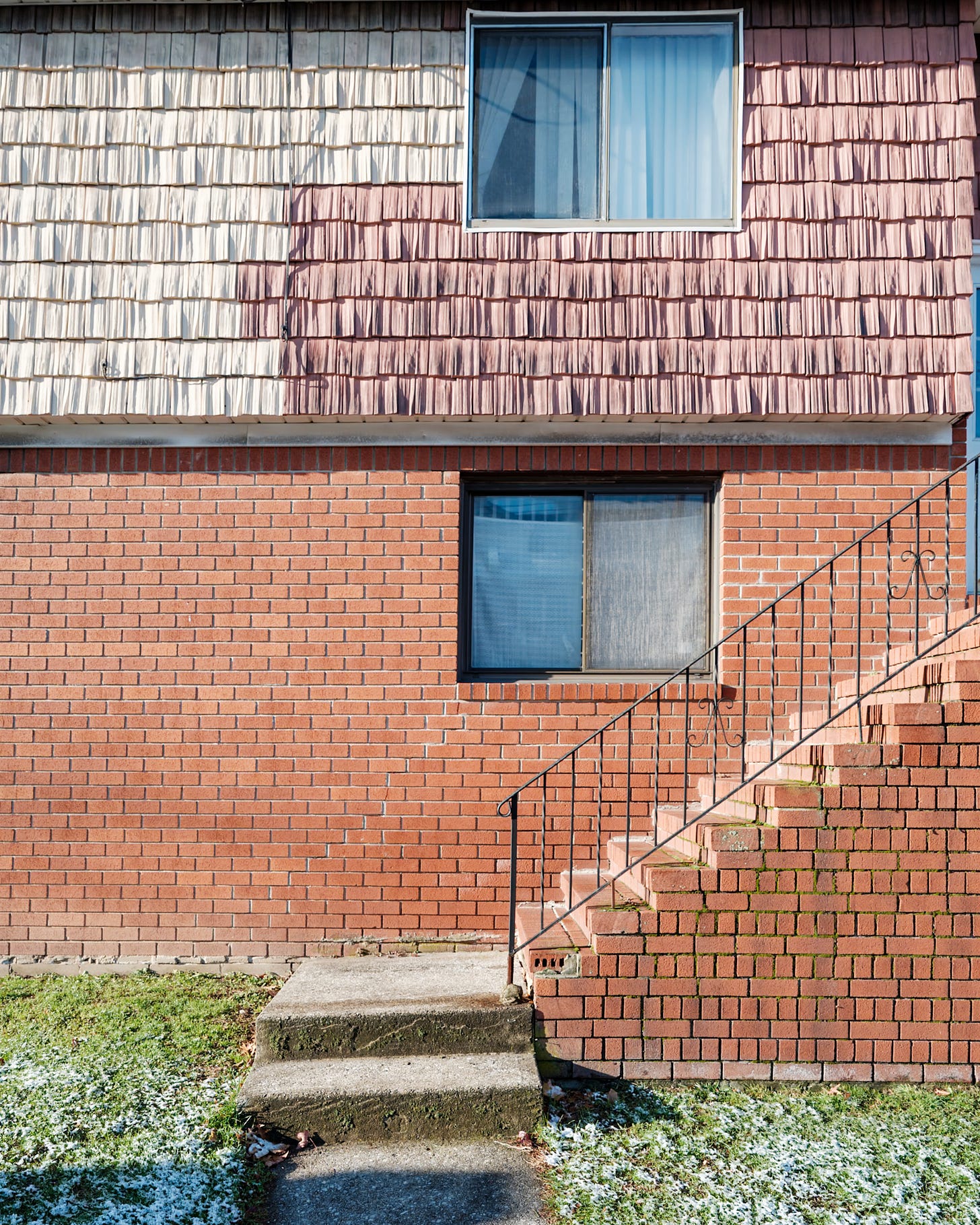
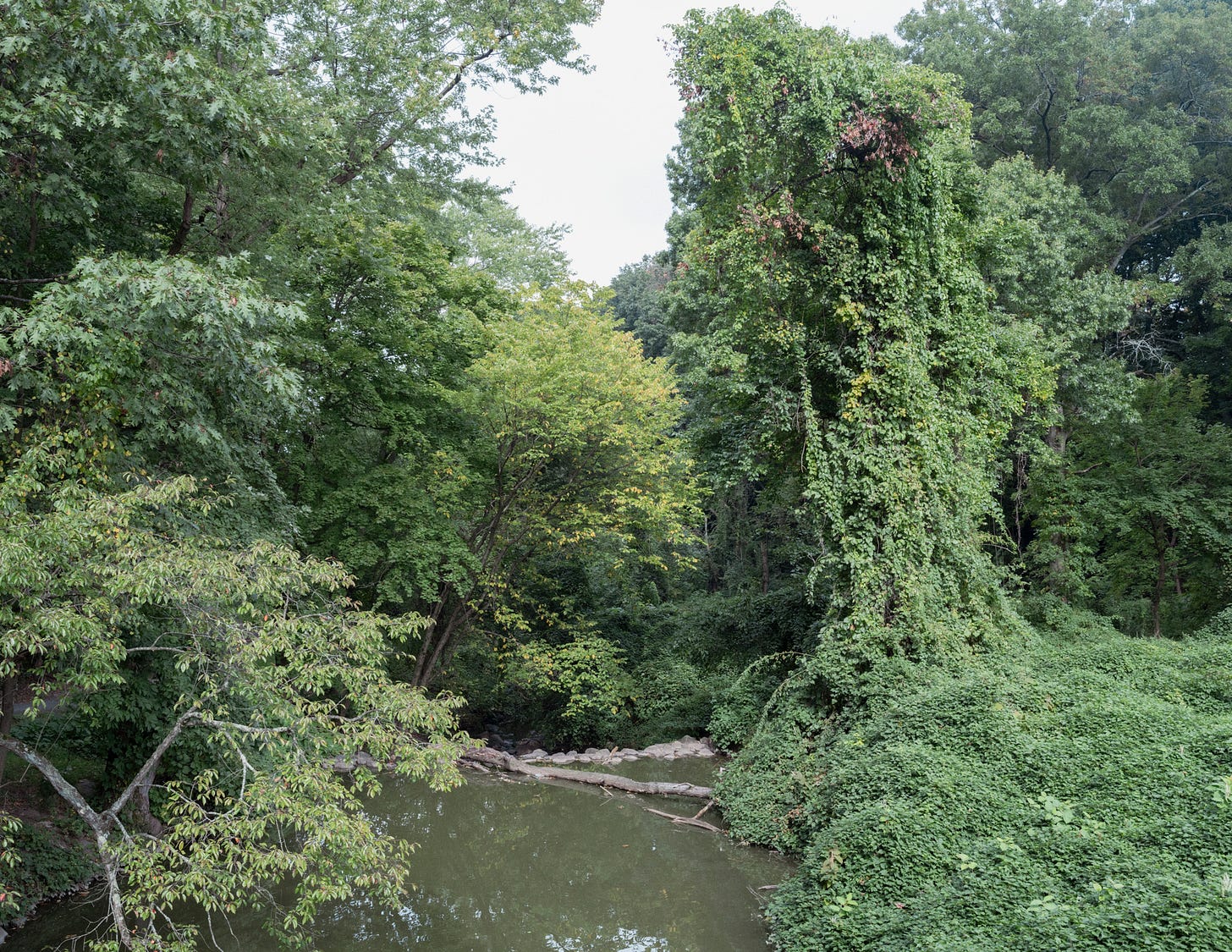
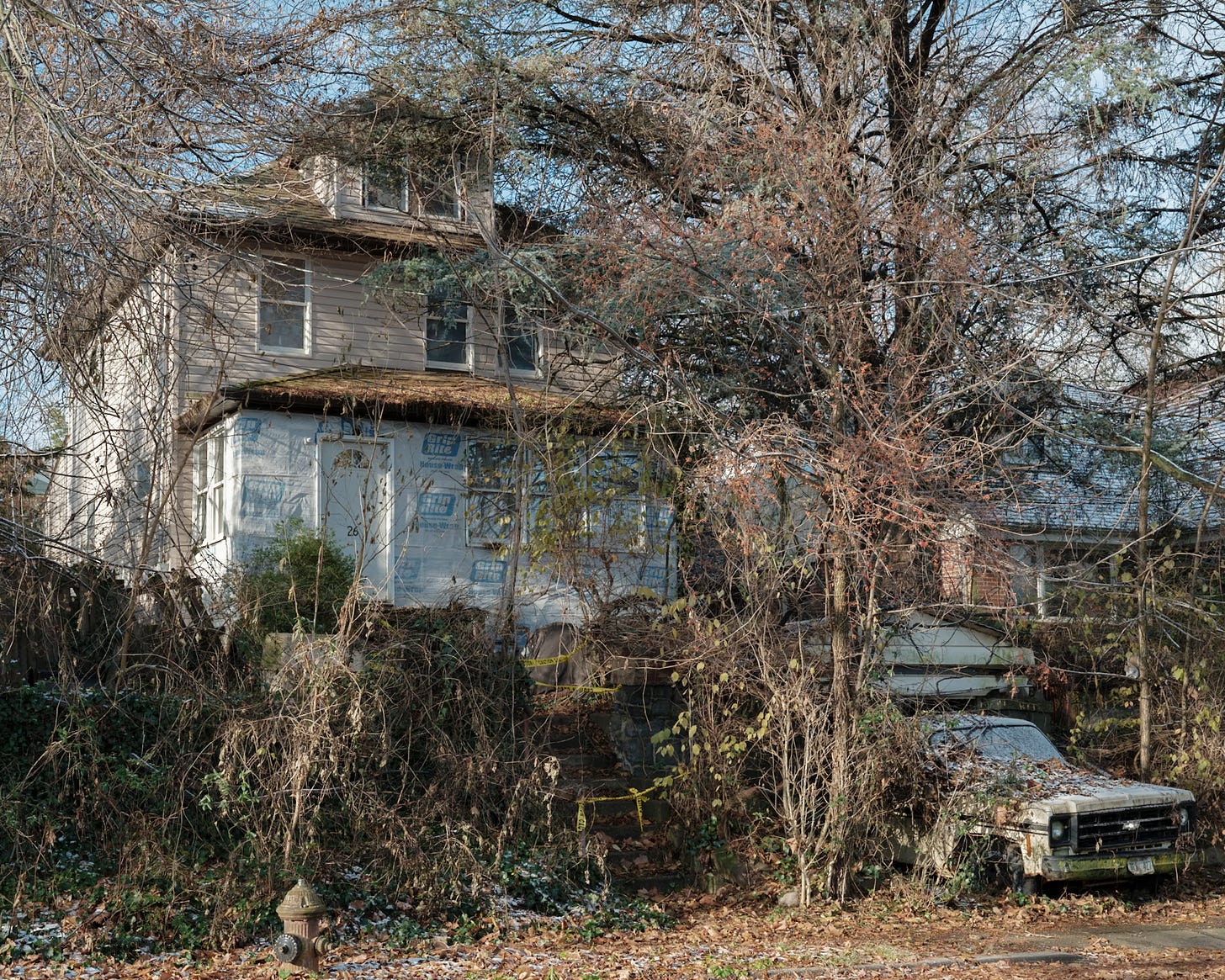

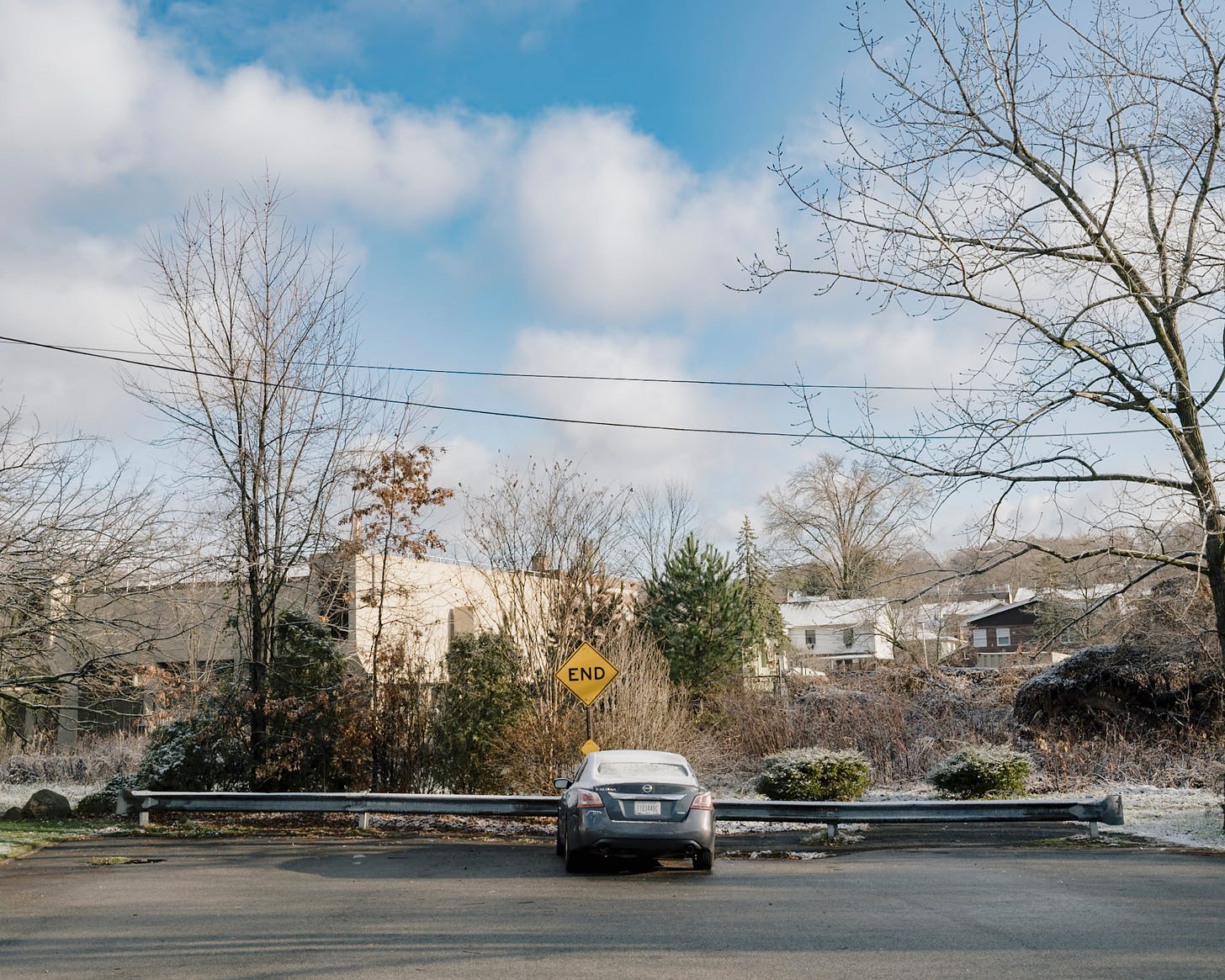
I fear I may be the kind of person who enjoys munching on handfuls of freshly picked gooseberries while engaging in a rousing game of whist over cups of tea in the garden. Too bad the Sunnyside of yore isn’t around for me to find out!
I may not visit US and even if I do, these places may not be on my list of places to visit. I'm glad, you are bringing them to us. With a tiny history and lots of stories. Thankyou Rob!